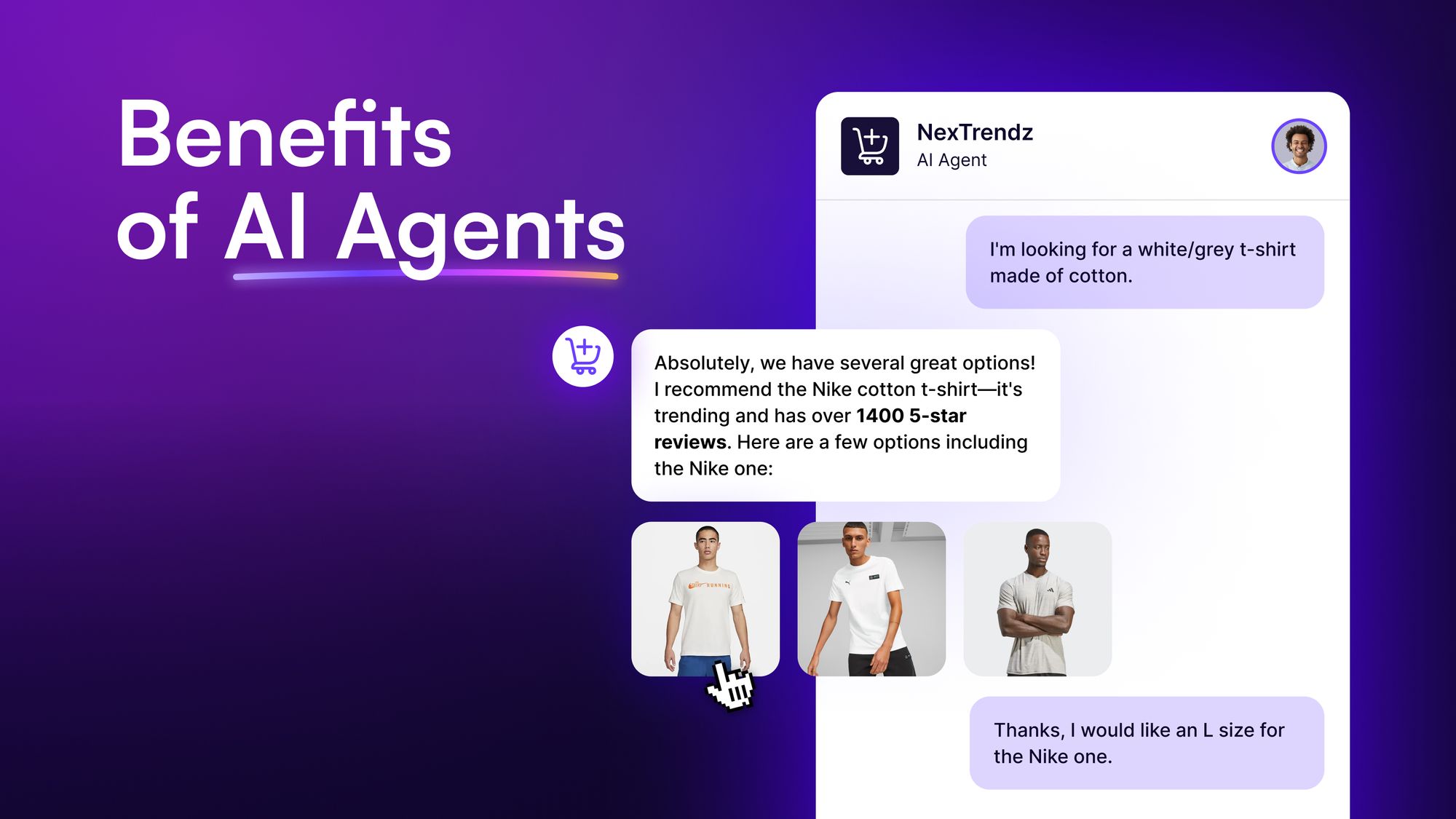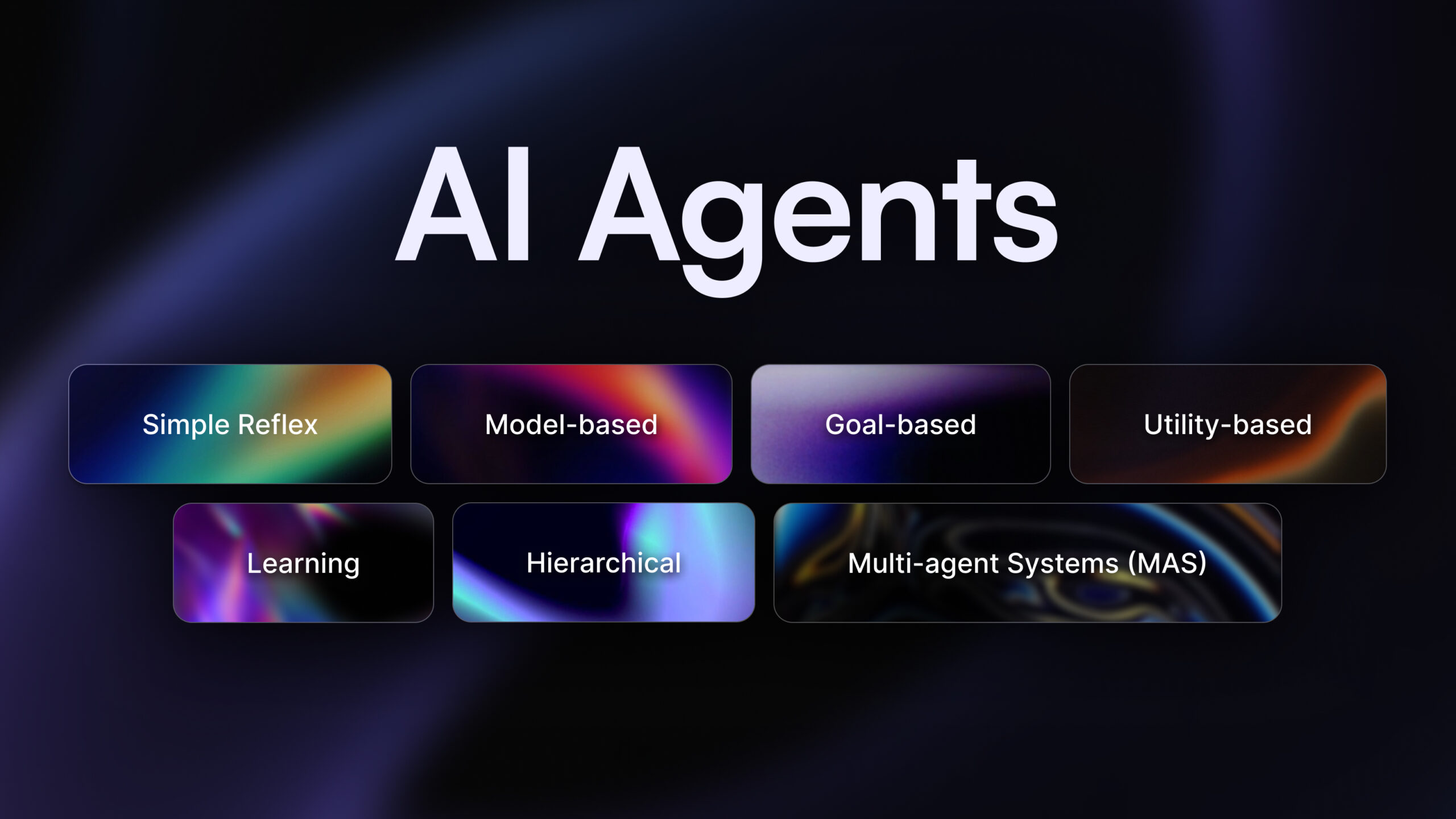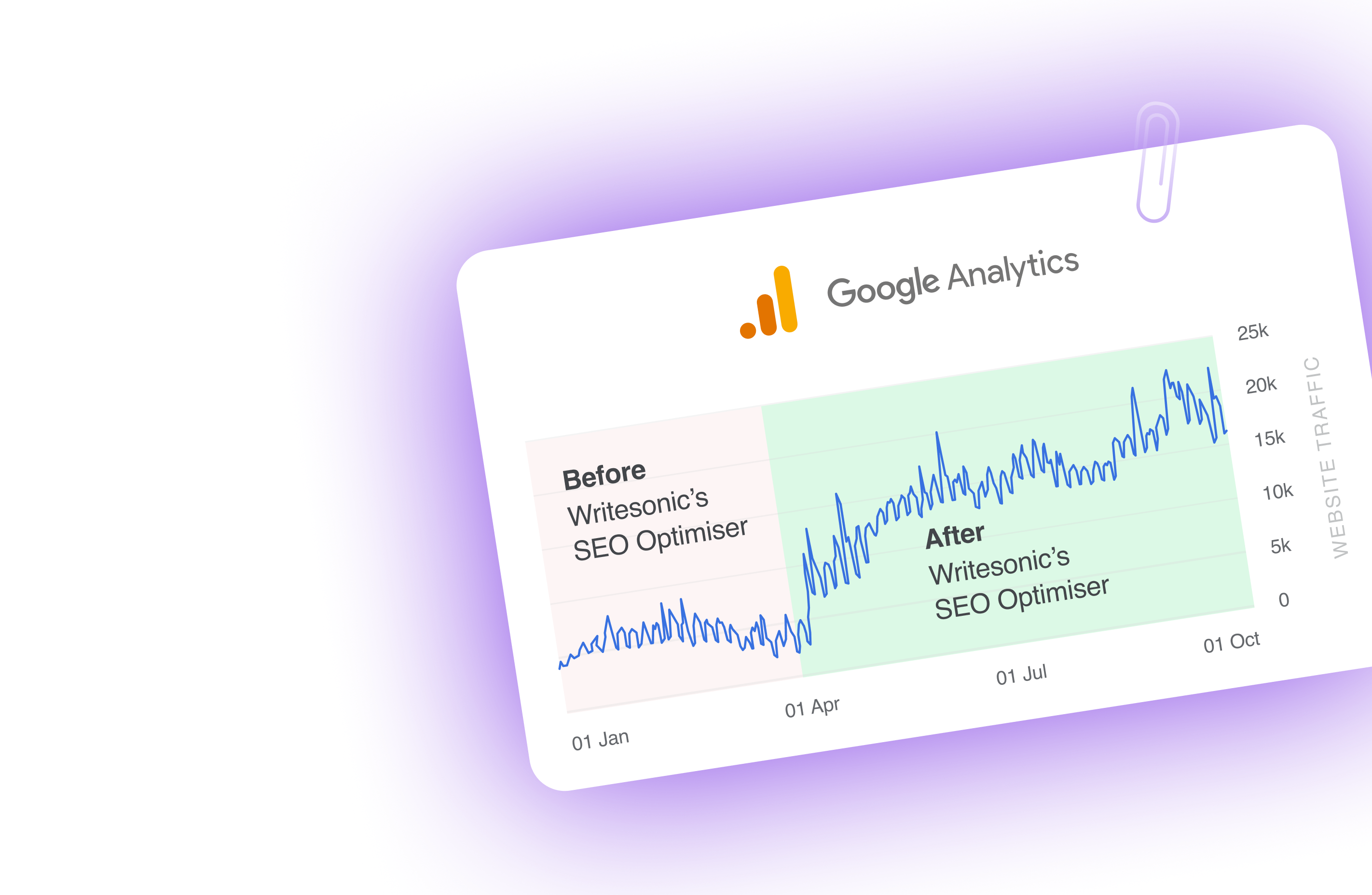Have you ever seen a flock of birds flying in perfect formation? That’s exactly what multi agent AI brings to the table, representing one of the most sophisticated approaches to artificial intelligence today.
Just like birds instinctively know their roles in a flock, each AI agent in the system has its own job. One might analyze data while another makes decisions, and a third takes action simultaneously.
From speeding up hospital operations to managing entire transportation networks, these AI teams are solving problems that single agents simply can’t handle alone.
Want to know how these AI agents work together? Or maybe you’re curious about implementing them in your business?
This guide will walk you through everything — from basic concepts to real-world applications. We’ll even show you how to build your own multi agent system.
What is multi agent AI, and how does it work?
Multi agent AI systems represent a sophisticated approach to artificial intelligence, where multiple AI agents work together to accomplish complex tasks.
In short, these systems mimic human collaboration by assigning specialized tasks to individual autonomous AI agents and fostering seamless communication.
A multi-agent system (MAS) works as a computing framework where AI agents work together or compete to reach specific goals. Each agent has its own traits but teams up with others to achieve desired results.
Modern multi agent systems rely heavily on Large Language Models (LLMs) to process and understand natural language inputs.
These agents can also connect to external tools, datasets, and APIs to solve problems better.
A multi-agent system in AI possesses several distinctive capabilities that set it apart:
- Autonomous operation: Agents can perceive their environment, reason about circumstances, and make independent decisions
- Information sharing: Agents communicate through shared memory systems, exchanging knowledge and coordinating actions
- Adaptive learning: The system continuously learns from experiences and refines its behavior, leading to improved performance over time
- Parallel processing: Multiple agents can work simultaneously on different aspects of a problem, significantly enhancing efficiency
Single vs multi agent AI: What’s the difference?
Single AI agents shine when you need focused, straightforward work done.
Think of tasks like data entry or basic calculations where one worker can handle the job efficiently. They’re like solo performers — great for specific actions.
In fact, recent tests show multi agent systems hitting a 90% success rate across different fields. However, single agents scored lower: 60% for travel planning, 80% for mortgage work, and 53% for software tasks.
And these numbers make sense because single agents struggle when tasks pile up.
They fumble with tool choices and lose track of context. You’ll quickly spot their limits if you give them multiple jobs, like pulling data from a source and writing reports.
Here’s a quick overview to see how multi AI agents stack up against a single-agent system:
| Aspect | Single-agent AI | Multi-agent AI |
| Complexity | Lower complexity, ideal for straightforward tasks | High complexity, excels in dynamic environments |
| Scalability | Limited, often requires redesign | Highly scalable, easy to add specialized agents |
| Adaptability | Struggles with changing conditions | High adaptability, responds in real-time |
| Resilience | Less resilient, system halts if agent fails | Robust fault tolerance, continues functioning |
| Resources | Lower resource demands | Higher computational requirements |
Keep in mind that single agents are simpler to set up and maintain – perfect if you just need basic automation.
Multi agent systems, on the other hand, need more setup work but give you room to grow and adapt.
So, if you’re handling simple, stable tasks, a single agent might be all you need. But for complex, changing environments where you can’t risk failure? Multi agent systems are your best bet.
Benefits of multi-AI agent systems
1. Enhanced problem-solving through task distribution
Multi-agent systems can break down complex problems into smaller, manageable tasks. Different types of AI agents can specialize in solving a specific part of the problem, leading to more efficient and effective solutions for intricate challenges.
2. Increased flexibility and adaptability to changing environments
Another benefit of multi agent AI is that these systems can quickly adjust to new situations or requirements. Agents can be added, removed, or reassigned tasks dynamically, allowing the system to respond to changes in real-time without major restructuring.
3. Improved efficiency via parallel processing
Multiple agents can work simultaneously on different aspects of a task or problem. This parallel processing capability significantly reduces the overall time required to complete complex operations or analyses.
4. Higher fault tolerance and system reliability
If one agent fails or encounters an error, the entire system doesn’t collapse. Other agents can take over the failed agent’s tasks, ensuring continued operation and making the system more robust and reliable.
5. Better modeling of complex, real-world scenarios
Multi-agent systems excel at simulating intricate, real-world situations involving multiple entities and interactions. This makes them ideal for modeling social dynamics, economic systems, or ecological processes.
6. Improved human-AI collaboration possibilities
Different agents can be designed to interact with humans in various ways, accommodating different user preferences or task requirements. This flexibility enhances the potential for effective human-AI teamwork across diverse applications.
7. Long-term cost-effectiveness and scalability
While the initial setup of this technology might be complex, multi-agent systems often prove more economical over time. They can be easily scaled by adding more agents as needed, and individual agents can be reused or repurposed for different applications, reducing development costs.
💡 Learn more about: Top 7 Benefits of AI Agents With Examples and Use Cases
Multi agent AI framework: How they work
Multi-agent AI systems are like teams of intelligent workers communicating and coordinating to get things done through collaboration.
These systems rely on two main setups:
- Centralized networks: where everything runs through a shared knowledge hub.
- Decentralized networks: where agents directly share information with each other.
To work smoothly, these systems use agent communication languages—a universal way for agents to “talk.”
They have different ways to exchange information:
- Shared state: All agents access a central data hub.
- Tool call-based communication: Agents interact directly to complete tasks quickly.
- Message lists: A history of all interactions for reference.
AI agents in these systems often specialize in specific tasks. A supervisor agent acts like a manager, assigning work and ensuring smooth communication between the specialized agents.
These systems follow protocols (rules) defining message syntax, semantics, and pragmatics to keep communication clear. They can even handle errors and adapt when conditions change.
Moreover, these protocols can adapt to environmental changes and agent capabilities, including error-handling mechanisms to keep communication flowing.
Generally, when AI agents disagree, the system initiates a rewrite cycle, capped at 25 agent interactions to reach a consensus. This process ensures thorough validation of responses and maintains system reliability.
Of course, multi-ai agent security technology is a top priority. This is achieved through encryption to protect information and monitoring tools to quickly spot and fix communication issues.
In real-world examples, multi-agent frameworks show impressive coordination. Here’s how AI agents work together:
- One agent answers a question.
- Another checks if the answer is correct.
- A third verifies any sources cited.
This agentic teamwork ensures high-quality results.
Finally, a multi agent system is designed to explain their decisions clearly without violating privacy or compromising system integrity. This makes them reliable and trustworthy in complex environments.
💡 Also read: The Difference Between AI Agents vs. AI Chatbots
Practical applications and examples of multi agent systems in AI
MAS combines distributed problem-solving, real-time adaptability, and dynamic coordination, making it ideal for various industries. Let’s explore their practical applications, supported by real-world examples.
1. Autonomous vehicles: Synchronized decision-making
MAS in autonomous driving focuses on vehicle coordination and road safety. Agents within self-driving cars communicate with each other and with infrastructure to navigate traffic and prevent accidents.
Each vehicle functions as an independent agent sharing real-time data—like location, speed, and road conditions—with others through vehicle-to-vehicle (V2V) and vehicle-to-infrastructure (V2I) networks.
Supervisory agents oversee traffic flow at intersections and optimize routing.
Real-world example:
Waymo, Alphabet’s autonomous vehicle division, employs multi agents in its simulation environment, Carcraft.
Here, agents replicate real-world traffic scenarios, enabling vehicles to learn adaptive behaviors like cooperative lane merging and emergency stop protocols.
2. Healthcare: Collaborative diagnostics and care
In healthcare use cases, MAS powers systems that coordinate diagnostics, treatment, and patient care by dividing responsibilities among specialized agents.
For example, one agent might analyze medical imaging, another predicts outcomes based on patient history, and a third recommend treatment options.
These agents interact seamlessly, ensuring accurate diagnoses and personalized care plans.
Real-World Example:
Stanford University’s research into swarm intelligence involves MAS to improve diagnostic accuracy. These systems connect doctors and AI agents in real time, creating collective intelligence that significantly reduces errors in medical decision-making.
3. Smart grids for decentralized energy management
MAS is pivotal in managing modern energy grids, especially renewable energy sources, where supply and demand fluctuate dynamically.
Agents represent energy sources (like wind turbines or solar panels) and consumer nodes (homes or factories). These agents collaborate to balance energy distribution, prevent overloads, and store excess energy efficiently.
The European Union’s Horizon 2020 project leverages MAS for microgrid management. Distributed agents optimize energy flow, ensuring uninterrupted power supply while minimizing wastage.
4. E-commerce: automated customer experiences
E-commerce platforms utilize MAS to enhance customer experiences through personalized recommendations, fraud prevention, and operational efficiency.
Agents work together to analyze user behavior, predict preferences, and detect anomalies. For instance, one agent tracks browsing history, another suggests products and a third ensures secure transactions.
For example, eBay employs AI agents to automate product recommendations and fraud detection. By assigning agents specific roles, eBay ensures faster decision-making and improved user satisfaction.
5. Marketing and SEO automation
Multi agent AI systems in marketing empower businesses to streamline content creation, keyword research, campaign execution, and the overall marketing workflow.
A great example of this AI agent use case in action is Chatsonic, an all-in-one AI marketing platform.
Chatsonic’s AI marketing agent integrates MAS principles by assigning agents to specialized tasks:
- One agent gathers real-time data from tools like Ahrefs and Google SERPs.
- An SEO agent suggests content optimization tips for a page.
- Additional agents perform competitor analysis, create AI-generated content, and automate publishing workflows.
Chatsonic can complete various marketing tasks within a single chatbot interface, unlike traditional AI marketing tools.
This works through the platform’s intuitive integrations like Ahrefs, Google Search Console, and real-time web search capabilities.
For example, if you want to conduct keyword research for a blog, create an outline, and the final draft, Chatsonic can complete this entire process within a single space.
As you can see below, when asking Chatsonic to conduct keyword research for a blog about coffee brewing methods, this is the response I received:
Apart from keyword research, I also received a content brief and the entire blog draft, all within a single interface, reducing the tool-hopping.
Plus, you can also publish your blog directly on WordPress through Chatsonic, eliminating any manual intervention.
In short, Chatsonic transforms marketing by turning weeks of manual content work into minutes. It enables personalized content creation, automates audits, and ensures SEO strategies stay competitive with real-time updates.
💡 Read more about: AI Agents in Content Marketing
6. Disaster response
MAS play a critical role in emergency management by coordinating rescue teams, drones, and resources during disasters.
AI agents can identify rescue units, vehicles, and drones. They share real-time data about disaster zones, prioritize tasks like evacuation or medical aid, and allocate resources to critical areas.
For example, during the 2023 California wildfires, AI-driven drones coordinated with ground teams to survey affected areas, locate survivors, and deliver essential supplies efficiently.
7. Dynamic trading strategies for financial markets
MAS enhances decision-making in financial markets by simulating market dynamics and executing trades.
For example, AI trading agents can analyze market trends, predict price movements, and execute trades autonomously. Collaborative agents simulate scenarios to assess risks and optimize investment strategies.
Moody uses Gen AI agents to automate credit risk analysis through historical data and market trends, enabling faster, more accurate financial evaluations.
💡 You might also like: How to Scale Your Business Using B2B AI Agents [+ Tools to Try]
How to build a multi agent AI system
Building a multi-agent AI system is a multi-step process requiring deep knowledge of AI, distributed systems, communication protocols, and robust security measures.
These systems enable multiple specialized agents to collaborate, solve problems dynamically, and adapt to complex environments.
Let’s break down the process with detailed insights into the key stages, frameworks, and essential concepts.
1. Define the purpose and scope
A clear understanding of the system’s objectives is the foundation of any multi-agent AI system. Start by answering:
- What is your multi-agent AI solving in this context?
- Why does the problem require multiple agents instead of a centralized AI system?
- What roles will individual agents play?
For example, in disaster response systems, you might assign roles such as surveillance (drones), logistics (ground vehicles), and communication (control hubs). These agents work together to provide comprehensive solutions that no single AI can handle efficiently.
Remember that multi-agent AI solutions are ideal for problems requiring distributed intelligence, such as dynamic environments where centralized systems face scalability or latency challenges.
They allow individual agents to focus on their specialties while contributing to a collective goal.
2. Choose the right multi-agent AI framework
The framework you select will dictate how your agents interact, coordinate, and execute tasks. A framework acts as a blueprint, offering pre-built modules for communication, lifecycle management, and deployment.
Popular frameworks for multi agent AI include:
- JADE (Java Agent Development Framework):
A Java-based framework with built-in libraries for agent messaging, lifecycle management, and task distribution. It is widely used in academic and research contexts for its comprehensive features. - SPADE (Smart Python Agent Development Environment):
Designed for Python developers, SPADE simplifies agent creation with XMPP-based messaging protocols. It’s an excellent choice for real-time systems where agents need to exchange messages rapidly. - PyMAS:
A Python-based framework designed for implementing lightweight and modular multi-agent systems. It’s highly customizable, making it a great choice for prototyping and experimentation. - ROS (Robot Operating System):
Ideal for physical systems like robotics, ROS offers tools for sensor integration, task scheduling, and inter-agent communication. - GAMA:
Focused on large-scale simulations, GAMA allows developers to model spatially distributed multi-agent systems, such as urban planning and environmental simulations.
💡Pro tip:
- Use JADE for complex, research-driven applications requiring Java support.
- Opt for SPADE or PyMAS for Python-based implementations.
- Pick ROS for robotic applications.
- Choose GAMA for spatial and environmental simulations.
3. Define the multi agent AI system architecture
The architecture determines how agents collaborate and execute tasks. Choosing the right structure is essential for scalability and efficiency.
These are the different architectural types:
- Centralized:
- A single supervisory agent oversees all operations, delegating tasks to sub-agents.
- Example: A logistics system where a central agent allocates delivery routes to individual agents representing delivery vehicles.
- Decentralized:
- Agents interact directly without a central authority, which is ideal for systems requiring flexibility and resilience.
- Example: In a smart grid, agents representing energy sources and consumers negotiate directly to balance energy distribution.
- Hybrid:
- Combines centralized control with decentralized collaboration.
- Example: Autonomous vehicle fleets where a central agent monitors the overall network, but vehicles communicate locally for lane coordination.
4. Establish communication mechanisms
Agents in a multi-agent AI system must communicate effectively to share information, resolve conflicts, and coordinate actions. This involves implementing robust communication protocols.
Key concepts:
- Agent communication language (ACL):
A standardized language defining message syntax and semantics, ensuring clarity in inter-agent communication. - Shared state communication:
Agents access a common data repository to exchange information. While efficient, this approach requires strict synchronization mechanisms to avoid data conflicts. - Tool-call communication:
Agents use APIs or external tools to perform specific tasks, such as fetching real-time data or executing computationally intensive operations. - Messaging protocols:
Protocols like XMPP (used in SPADE) or FIPA (Foundation for Intelligent Physical Agents, used in JADE) define how agents send, receive, and interpret messages.
To understand these concepts in action, in an e-commerce platform, one agent retrieves customer browsing data, another analyzes it to recommend products, and a third agent ensures secure payment processing.
5. Implement multi-AI agent security technology
Security is paramount in multi-agent AI systems, as agents often exchange sensitive data. Multi-AI agent security technology safeguards the system against breaches and ensures reliable communication.
Key security measures to implement for multi agent AI systems:
- End-to-end encryption: Ensures messages are secure during transmission.
- Authentication protocols: Validates agent identities to prevent unauthorized access.
- Intrusion detection systems (IDS): Monitors agent activity for suspicious behavior.
- Fault tolerance: Ensures the system remains operational even if some agents fail.
For example, financial platforms like payment and investment tools require agents must comply with industry-standard encryption and authentication protocols to secure sensitive data.
6. Develop and train individual agents
Each agent in the system must be specialized for its role. This involves selecting appropriate machine learning models and datasets.
Training approaches:
- Reinforcement Learning: For agents requiring adaptability in dynamic environments, like robots navigating unknown terrains.
- Supervised learning: For agents performing specific tasks, such as text classification or image recognition.
- Natural language processing (NLP): For communication agents interacting with humans or other agents.
For example, in a disaster response system, drone agents trained with reinforcement learning algorithms can learn to navigate complex environments and identify areas requiring immediate attention.
7. Simulate, test, and optimize
Before deployment, simulate the multi-agent system in a controlled environment to identify and address potential issues. Simulation tools like SPADE are great for testing communication-heavy systems.
On the other hand, GAMA is ideal for large-scale simulations involving spatial data.
Test scenarios should include:
- Varying workloads to test scalability.
- Simulated failures to evaluate fault tolerance.
- Conflict scenarios to test resolution protocols.
8. Continuous monitoring and updates
Deploying a multi-agent system is not the end—it’s the beginning of continuous optimization. To ensure a smooth operation of workflows through multi agents AI, use monitoring tools to track agent performance, detect anomalies, and implement improvements.
Here are some key practices to follow for the continuous optimization of multi AI agent systems:
- Regularly retrain agents with updated data.
- Refine communication protocols for efficiency.
- Expand system capabilities by adding new agents or roles.
The future of multi AI agent systems
1. Multi-agent systems as decision-making ecosystems
Future multi-agent systems will transition from task execution to autonomous decision-making ecosystems. This evolution will be driven by enhanced collective intelligence, where agents do not merely execute tasks but engage in shared reasoning and dynamic problem-solving.
Research from MIT highlights that multi-agent systems using swarm intelligence will play a crucial role in decision-making under uncertainty.
For example, in disaster management, agents can dynamically reassign priorities as conditions change, enabling faster, more effective responses.
In financial markets, multi-agent AI will simulate entire economies. Agents will model complex market behaviors, offering predictive insights that go beyond human comprehension, paving the way for systems capable of handling volatile global trade scenarios.
2. Emergence of hyper-specialized multi-AI agent systems
While current multi-agent systems often focus on broad functionality, future systems will become hyper-specialized, targeting niche applications.
These systems will integrate domain-specific knowledge bases and tailored algorithms to address challenges in industries like genomics, quantum computing, and precision agriculture.
Example:
- In genomics, multi-agent AI could enable real-time gene editing simulations, where agents collaborate to test hypotheses faster than current laboratory methods.
- NASA is exploring multi-agent frameworks for space missions, where agents onboard spacecraft autonomously monitor, repair, and optimize systems.
3. Integration of large language models (LLMs) with multi-agent AI frameworks
Large language models like OpenAI’s GPT-4 and Google’s Gemini are increasingly viewed as operating systems for multi-agent AI systems.
This integration will allow agents to use natural language for communication, task coordination, and decision-making, reducing the complexity of programming agent interactions.
OpenAI’s recent research demonstrates how LLMs can serve as central nodes within a multi-agent network, interpreting complex instructions and orchestrating agent collaboration in real-time.
4. Multi-agent AI in smart cities
Smart cities of the future will heavily rely on multi-agent systems for real-time infrastructure coordination.
From traffic management to energy distribution, these systems will enable cities to function as dynamic, self-regulating entities.
In fact, Singapore’s Smart Nation initiative already uses decentralized multi-agent systems for traffic light coordination. These agents predict congestion patterns and adjust signals dynamically, reducing average commute times by 20%.
Future iterations will involve multi-agent AI optimizing public safety, waste management, and even urban planning, where agents simulate the impact of policy decisions before implementation.
5. Evolution of multi-AI agent security technology
As multi-agent AI systems become more prevalent, the sophistication of attacks on these systems will also grow. The future will see the rise of multi-AI agent security technologies that leverage autonomous agents to monitor and counter cyber threats in real time.
Today, cybersecurity firms and companies like IBM are investing in agent-driven threat detection networks that identify vulnerabilities across distributed systems. Agents will collaborate to quarantine threats, patch vulnerabilities, and prevent data breaches autonomously.
How this will work is, security agents will ensure the integrity of decentralized energy distribution by detecting and countering malicious intrusions in milliseconds.
6. Ethical frameworks and autonomous governance
The growth of multi-agent AI systems will demand frameworks that ensure ethical decision-making and autonomous governance. These frameworks will enforce fairness, accountability, and transparency rules in agent behaviors.
For example, The European Union’s AI Act and similar regulations are already shaping the foundation for ethical multi-agent systems. Agents may soon be required to log their decision-making processes, creating an audit trail that ensures compliance with ethical and legal standards.
Whether in smart cities, precision healthcare, or climate resilience, multi-agent AI systems will transform how we approach complex problems.
And as we step into this future, the focus must remain on creating ethical, secure, and scalable systems that harness the full potential of multi-agent collaboration while navigating its challenges responsibly.
FAQs
1. What is a multi-agent AI system?
A multi-agent AI system is a computational framework where multiple autonomous AI agents collaborate or compete to solve complex problems. These agents can perceive their environment, make decisions, and act independently while working collectively to achieve specific objectives.
2. How does a multi-agent AI system differ from a single AI agent?
Multi-agent systems handle complex tasks and dynamic environments, offering greater scalability, adaptability, and resilience than single-agent systems. They can tackle problems that would be impossible for individual agents to solve alone and maintain functionality even if one agent fails.
3. What are some practical applications of multi-agent AI systems?
Multi-agent AI systems have diverse applications across industries. They’re used in manufacturing to reduce production downtime, in healthcare for disease detection, in finance for fraud prevention, and in logistics for route optimization. They also play crucial roles in smart city initiatives and customer service improvements.
4. How do multi-agent AI systems communicate and coordinate?
These systems use sophisticated communication protocols and agent communication languages to facilitate interaction. They may employ shared state communication, tool call-based interactions, or message lists. A supervisor agent often manages task delegation and coordinates communication between specialized sub-agents.
5. What does the future hold for multi-agent AI systems?
The future of multi-agent AI systems looks promising, with market projections indicating significant growth. Advancements are expected in areas such as deeper integration of machine learning algorithms, enhanced human-agent collaboration, and more robust security measures.
These systems are poised to become the backbone of interconnected AI ecosystems, tackling complex global challenges.

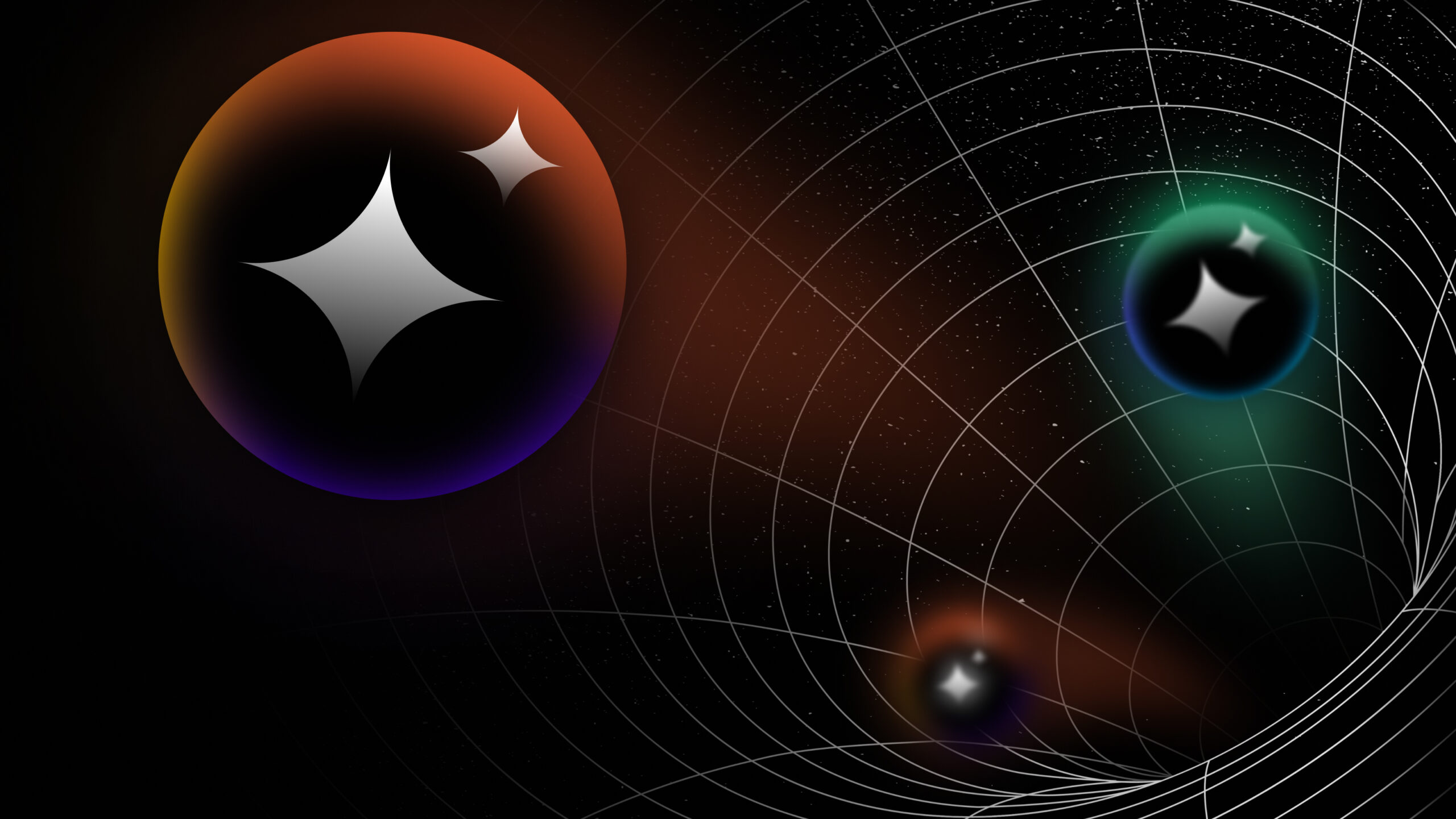
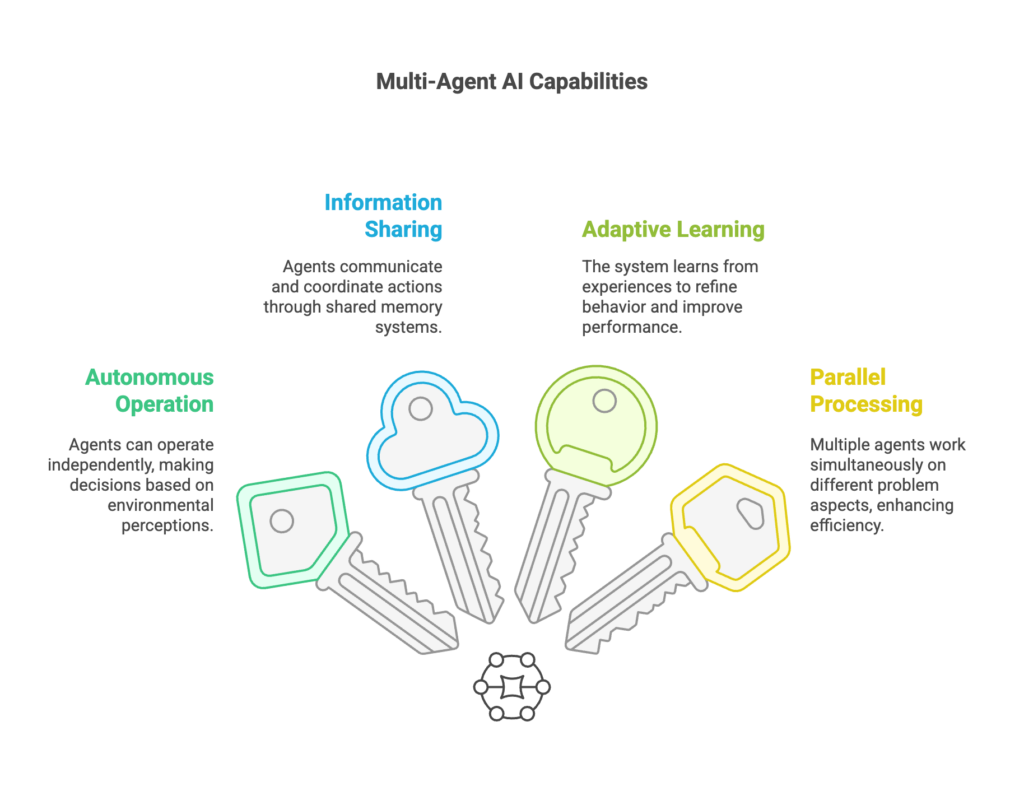
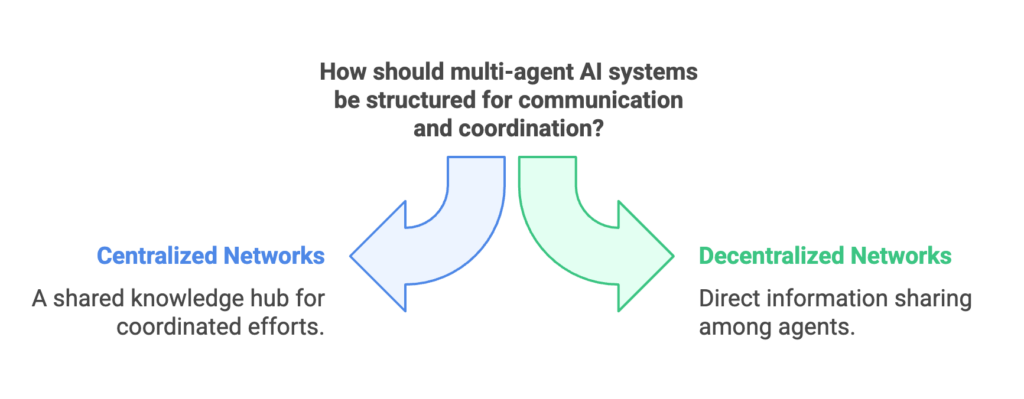
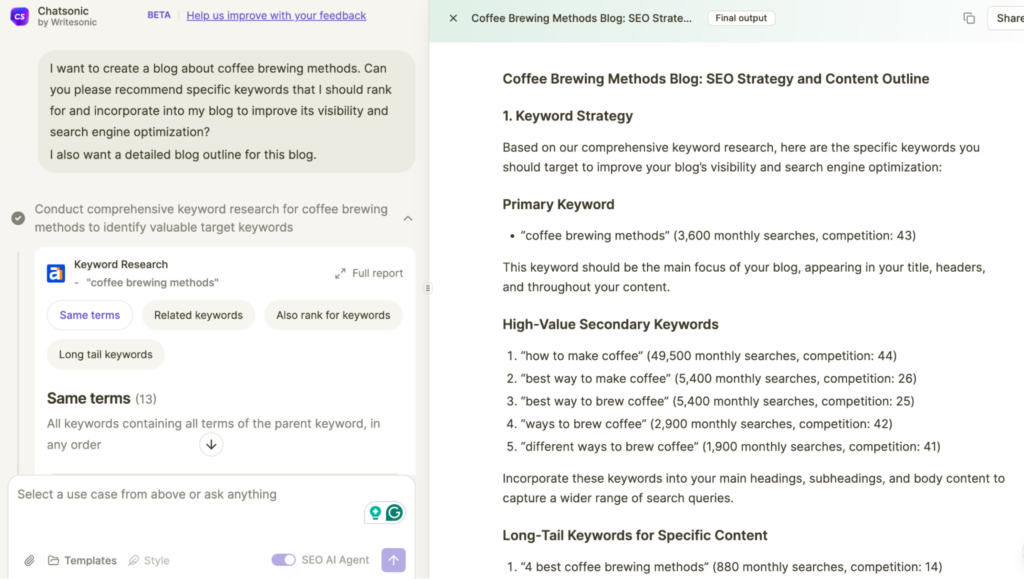
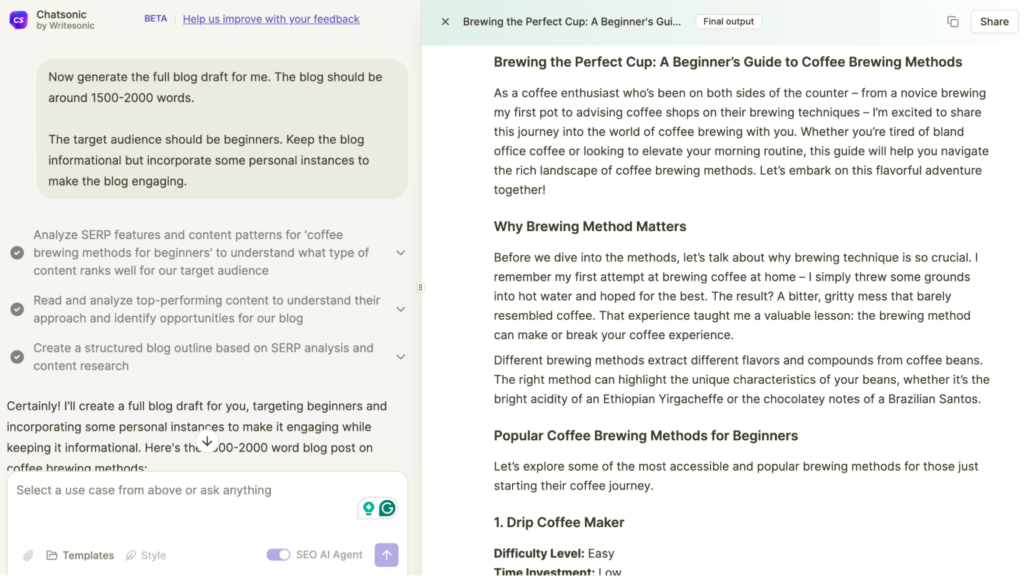
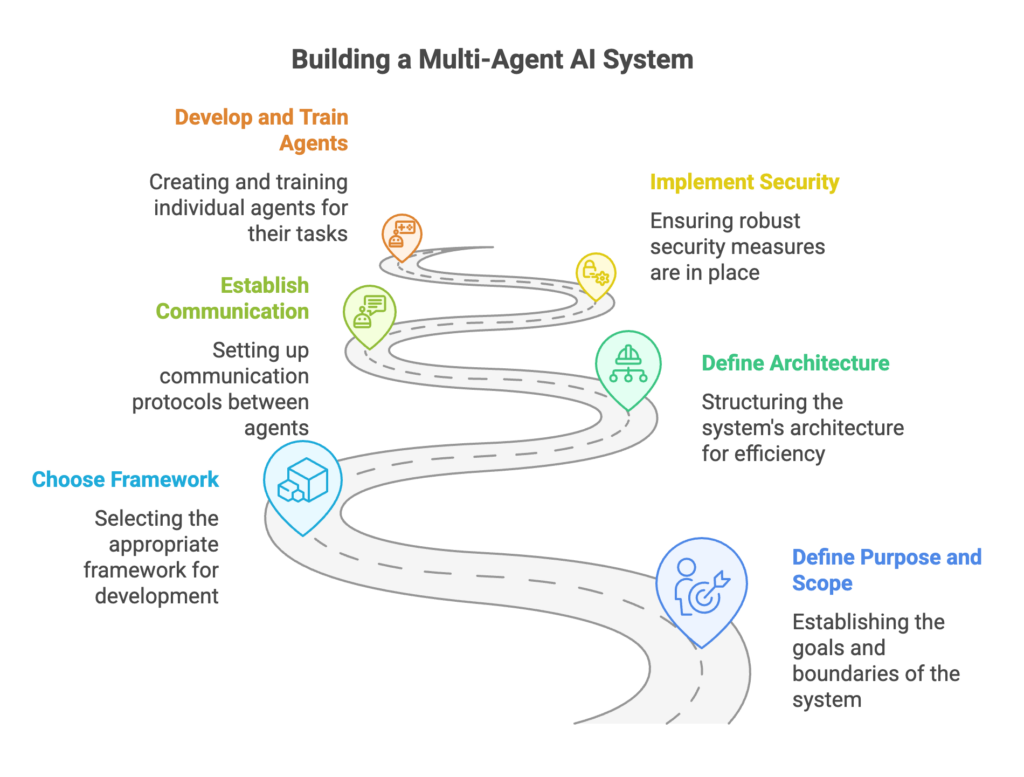

![What is Grok 3? A Detailed Guide to the AI Model [+Examples]](/wp-content/uploads/7.1-2.png)

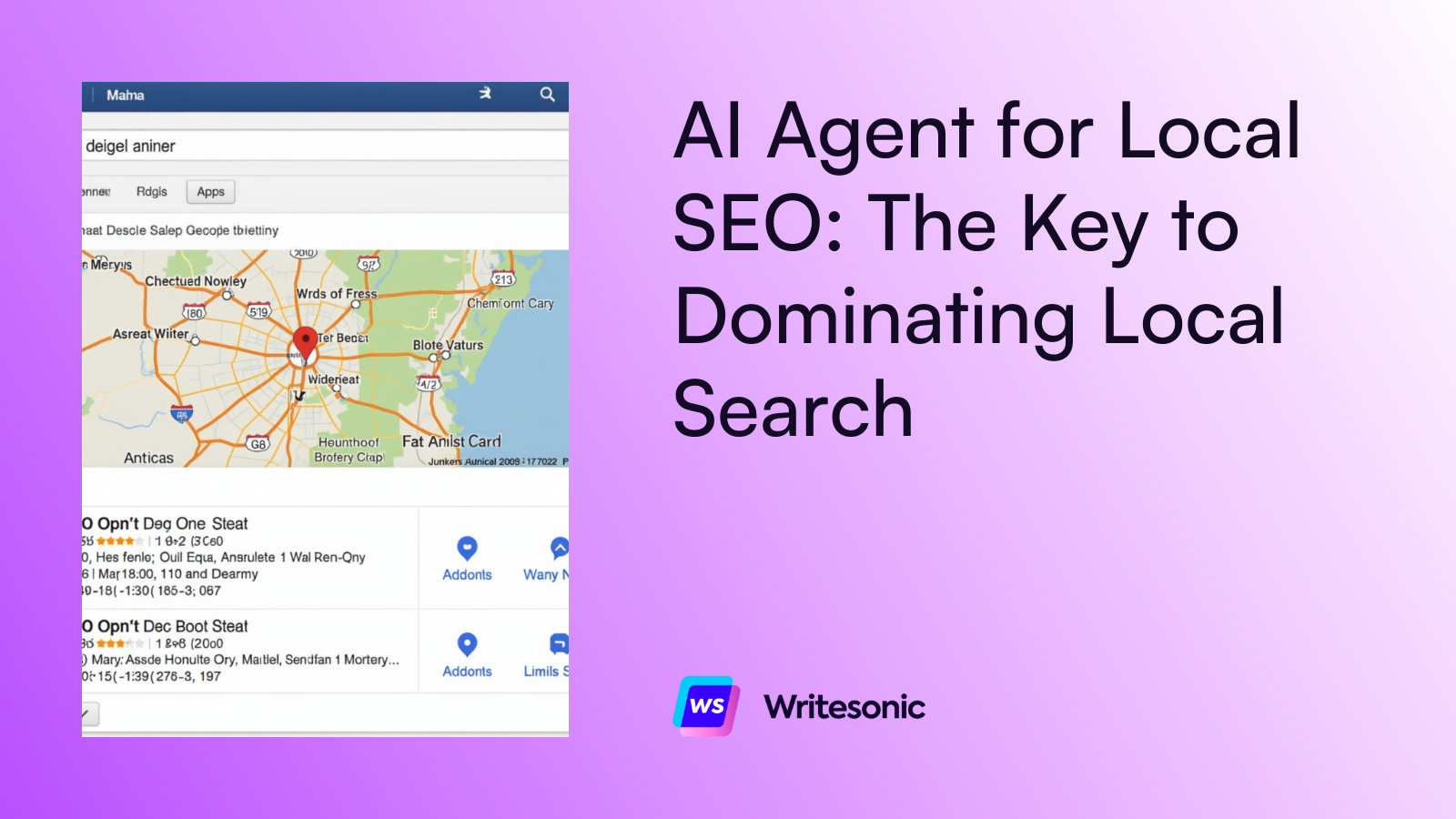
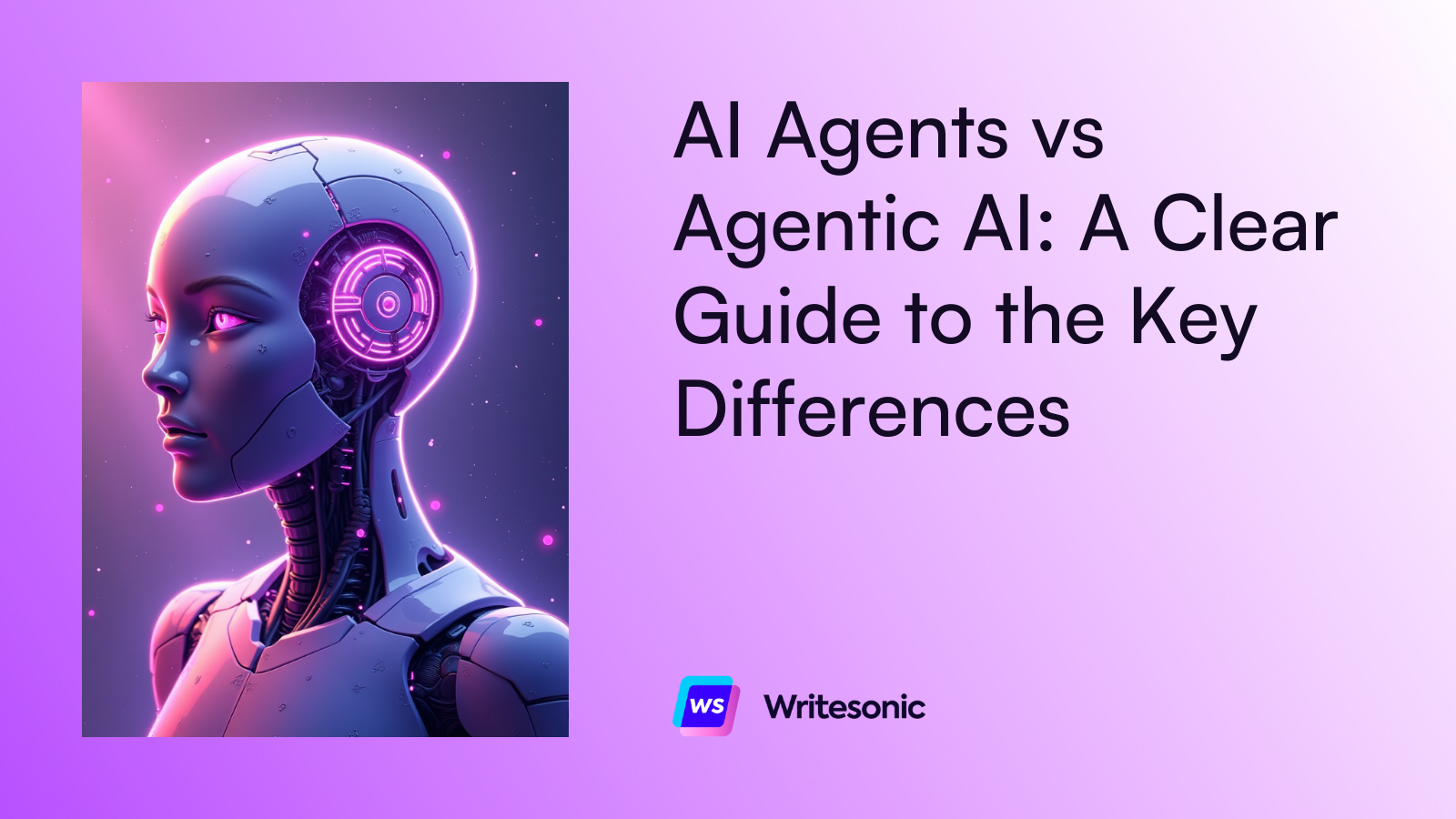
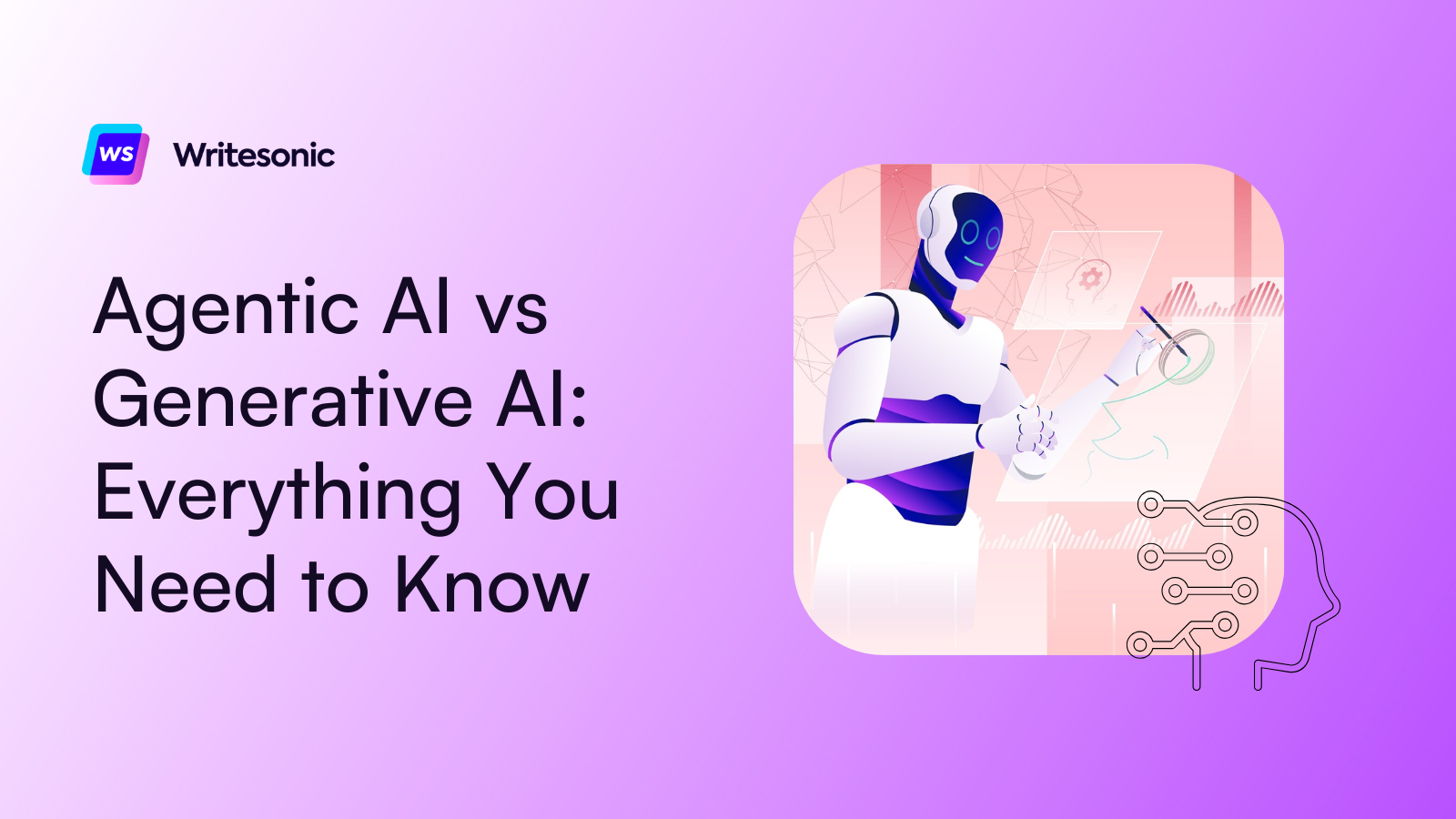

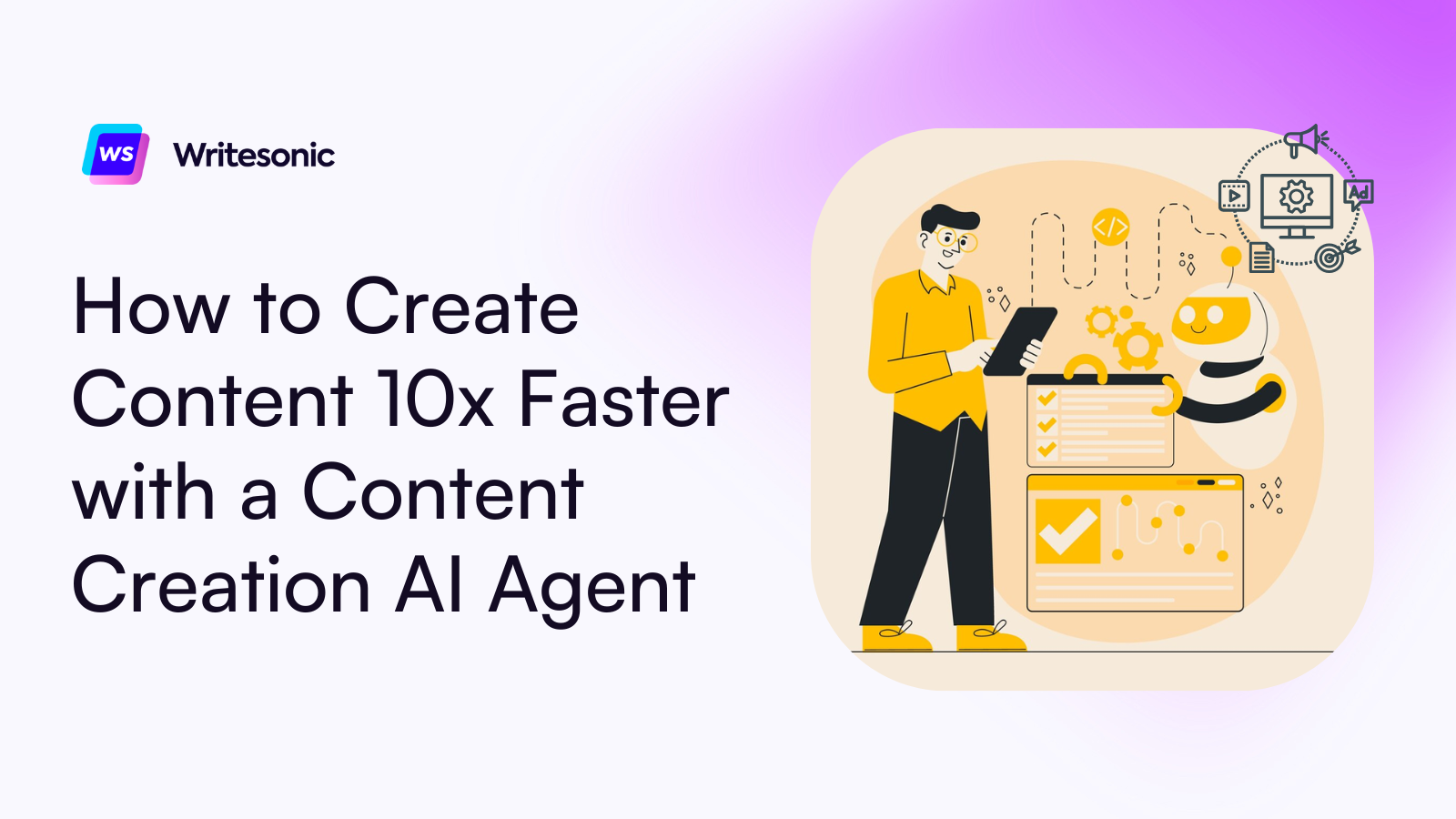
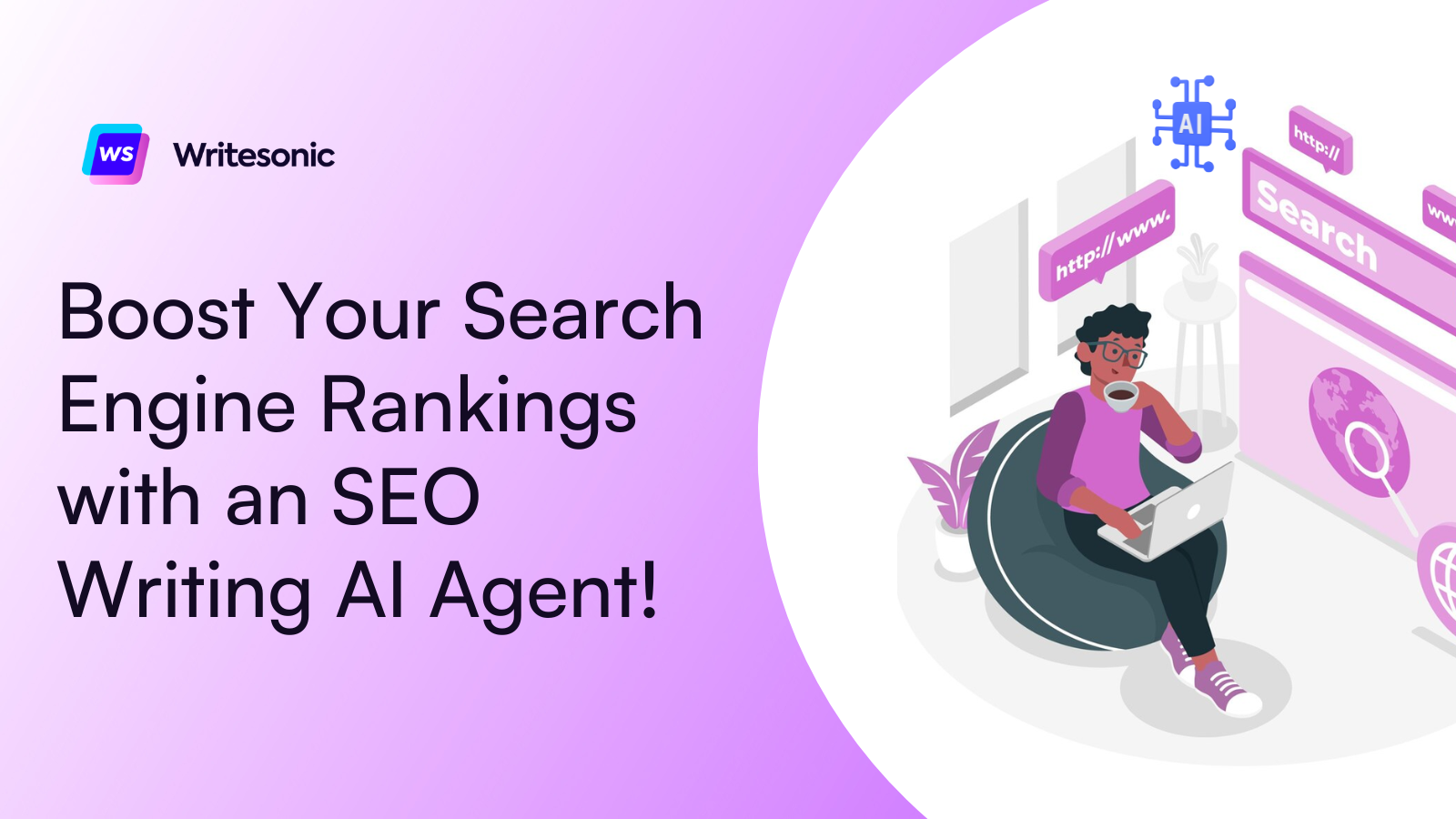

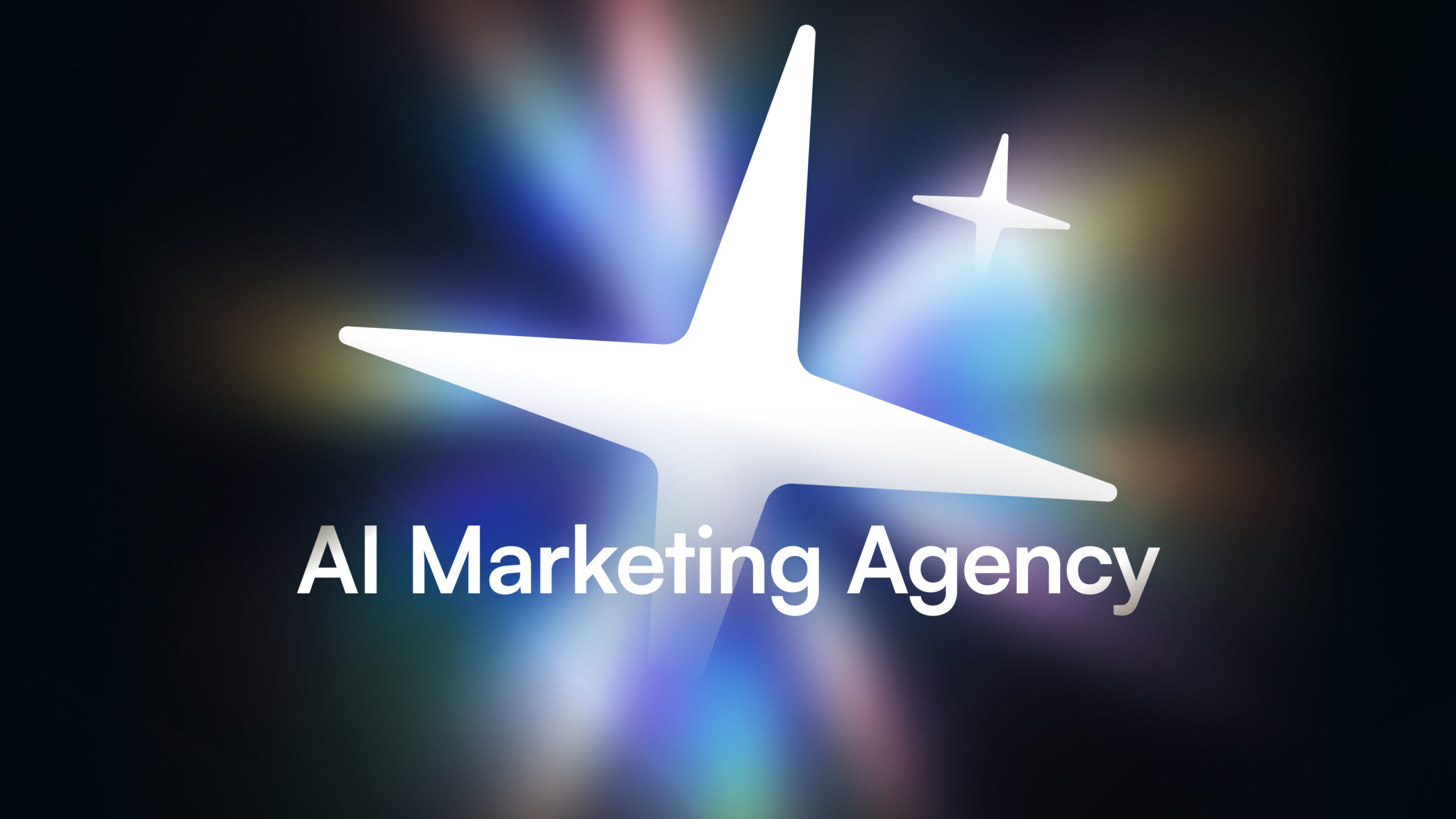
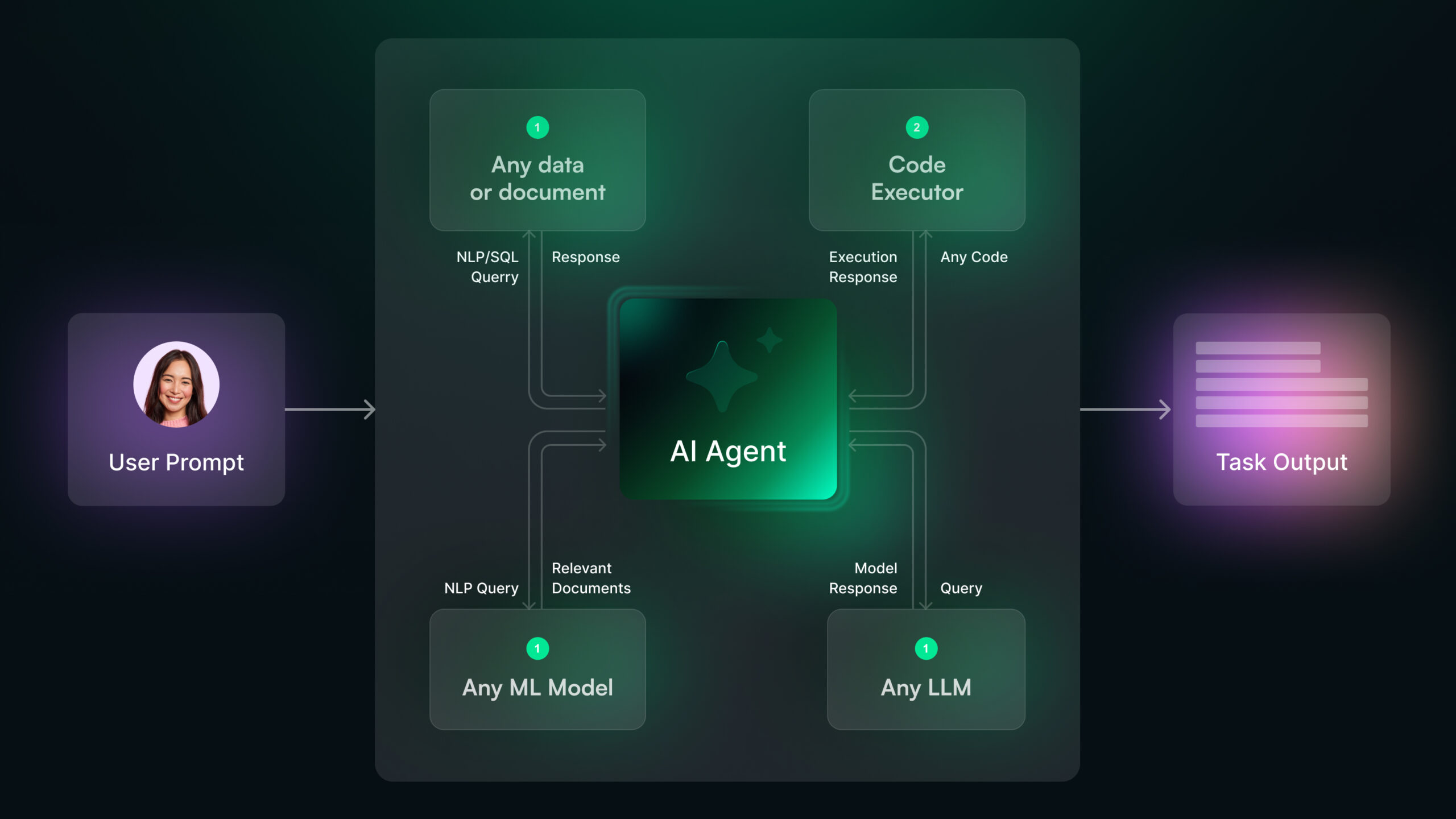
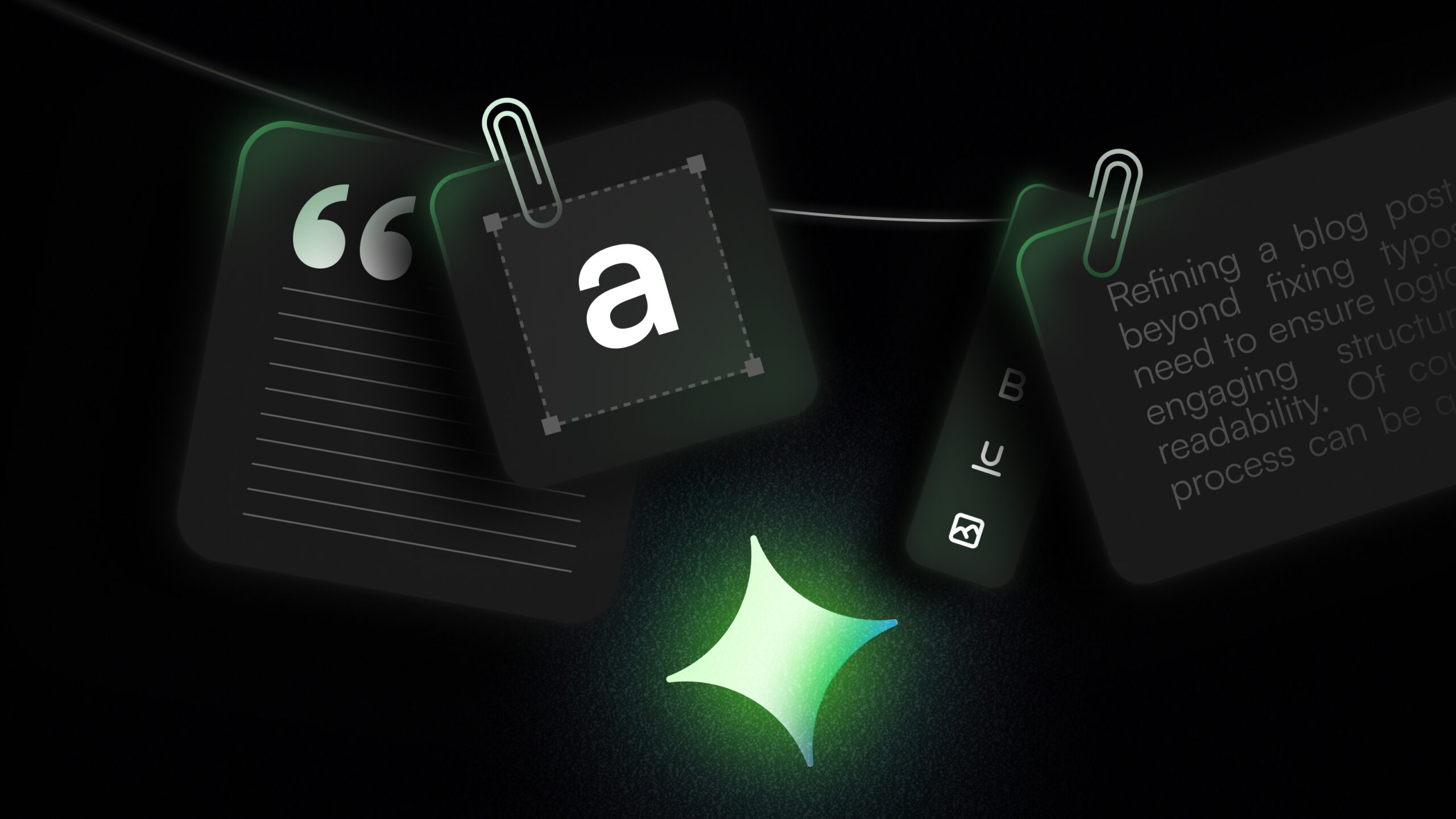
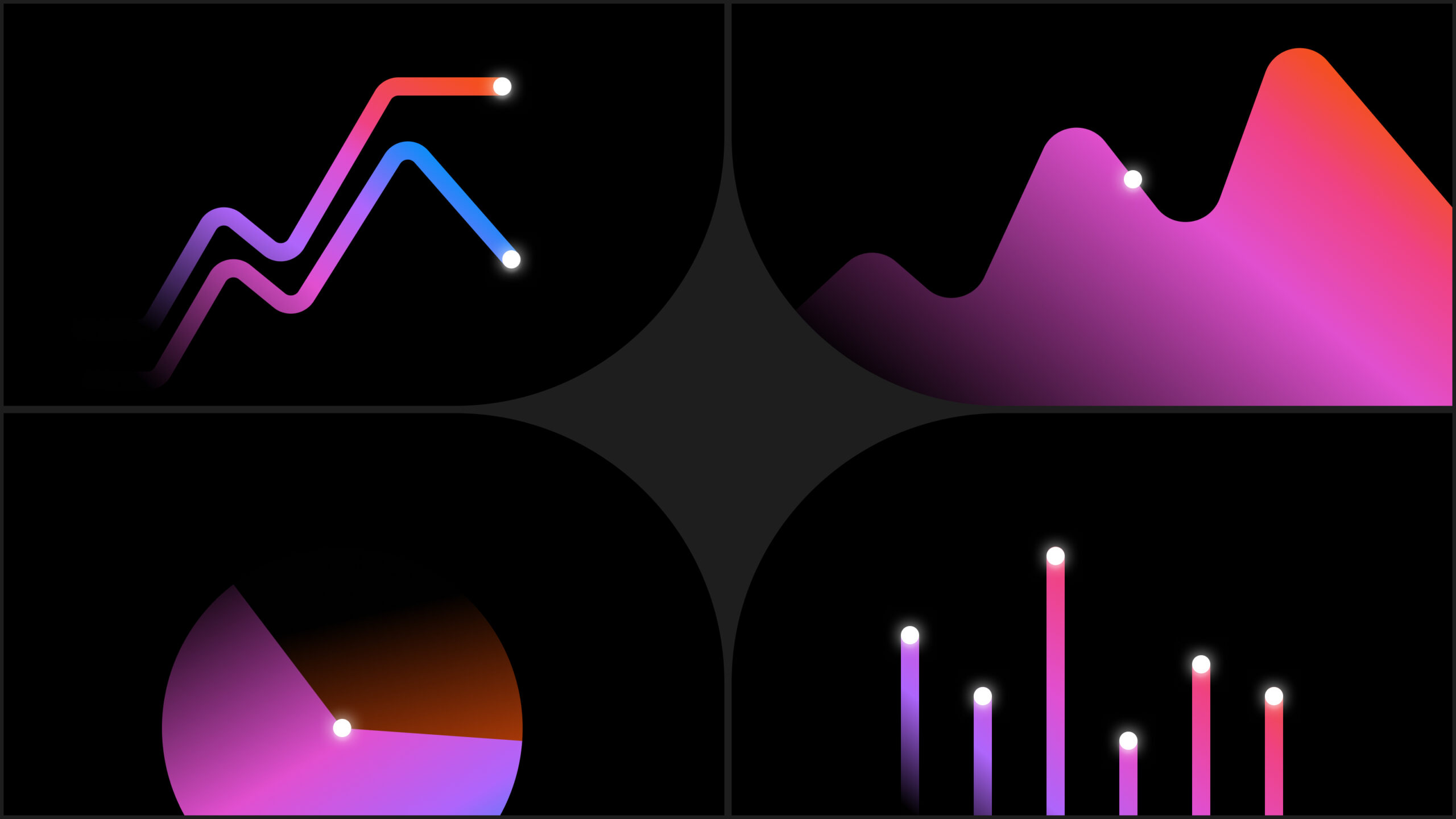

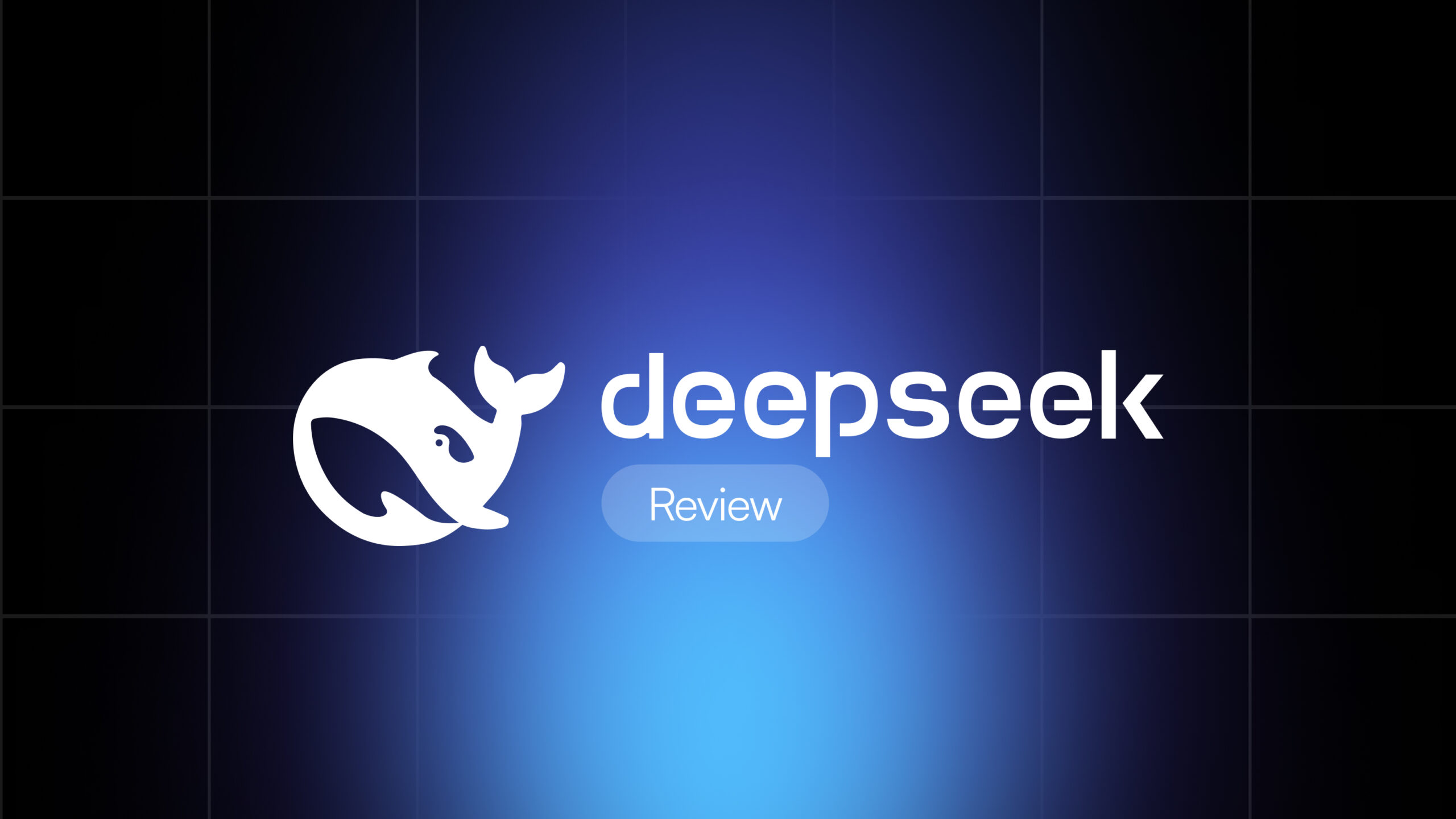

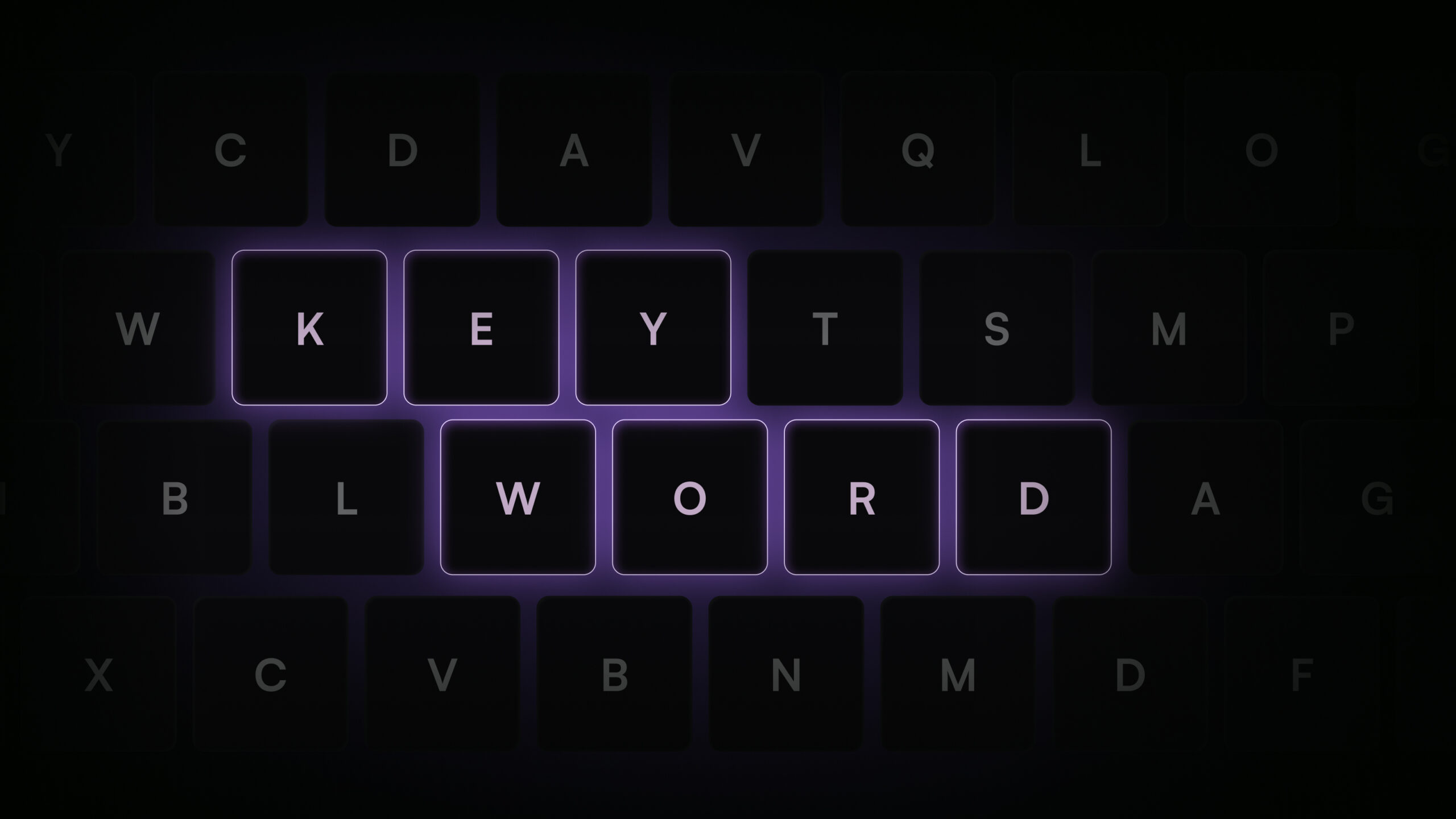
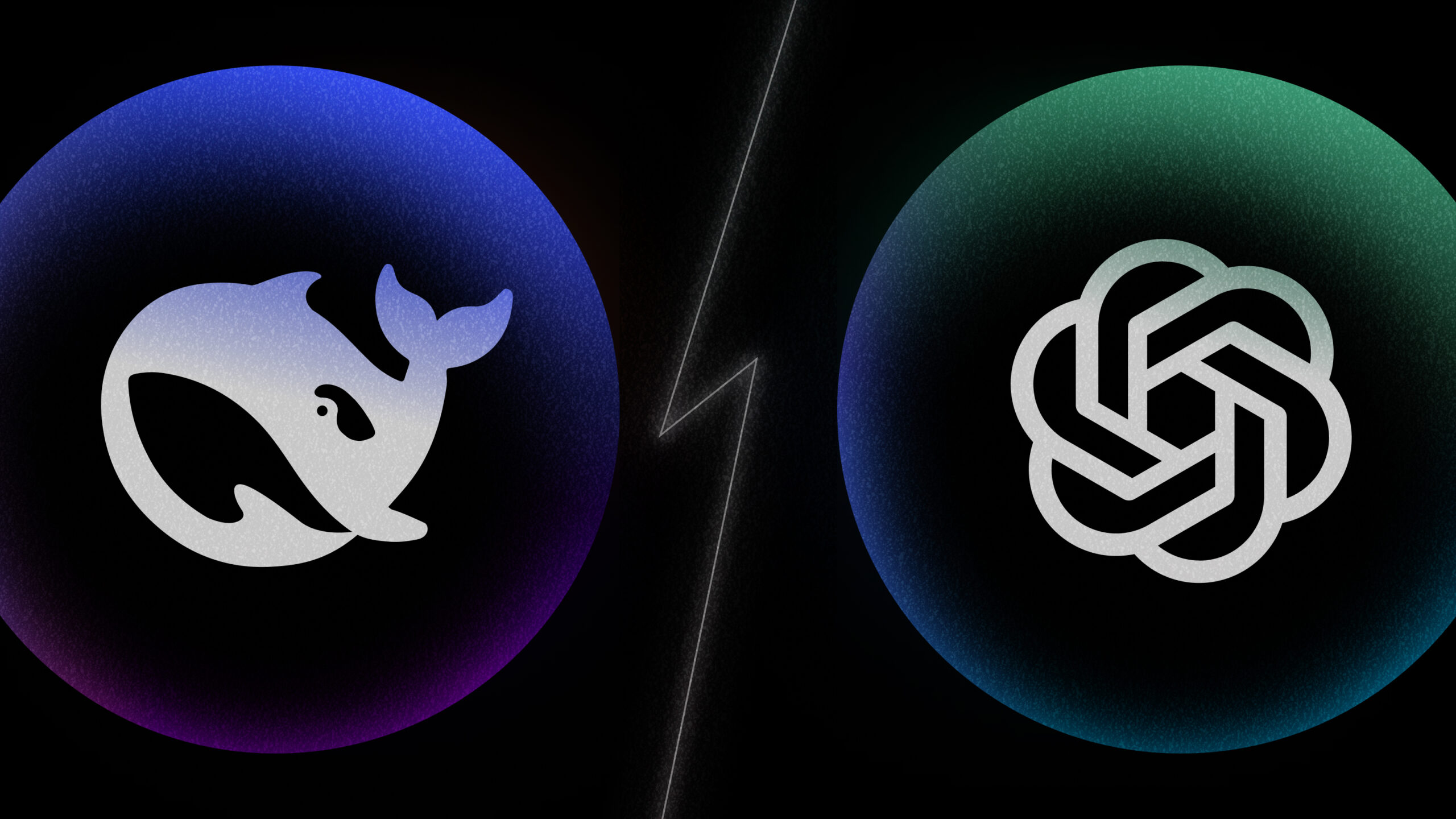
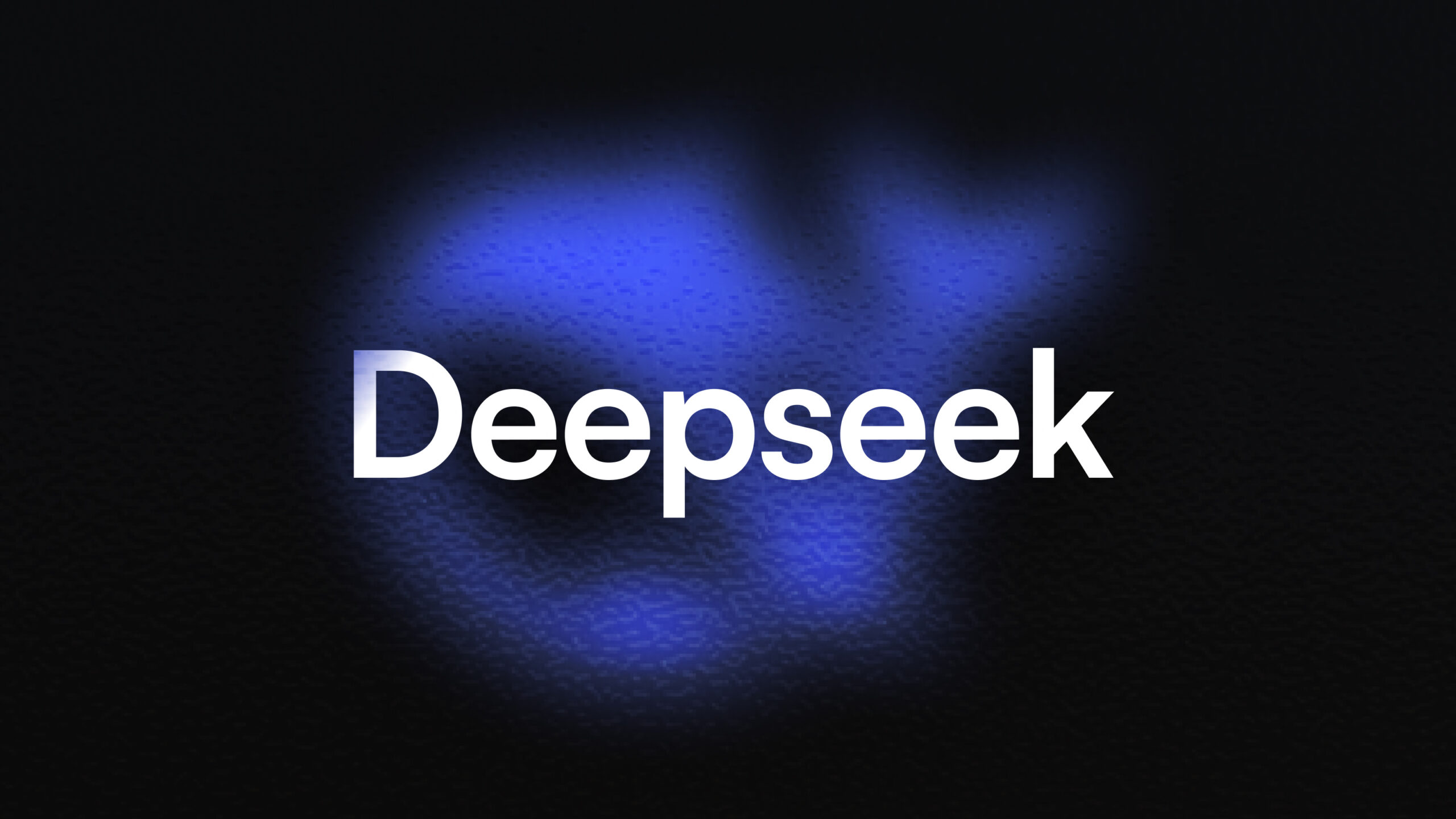
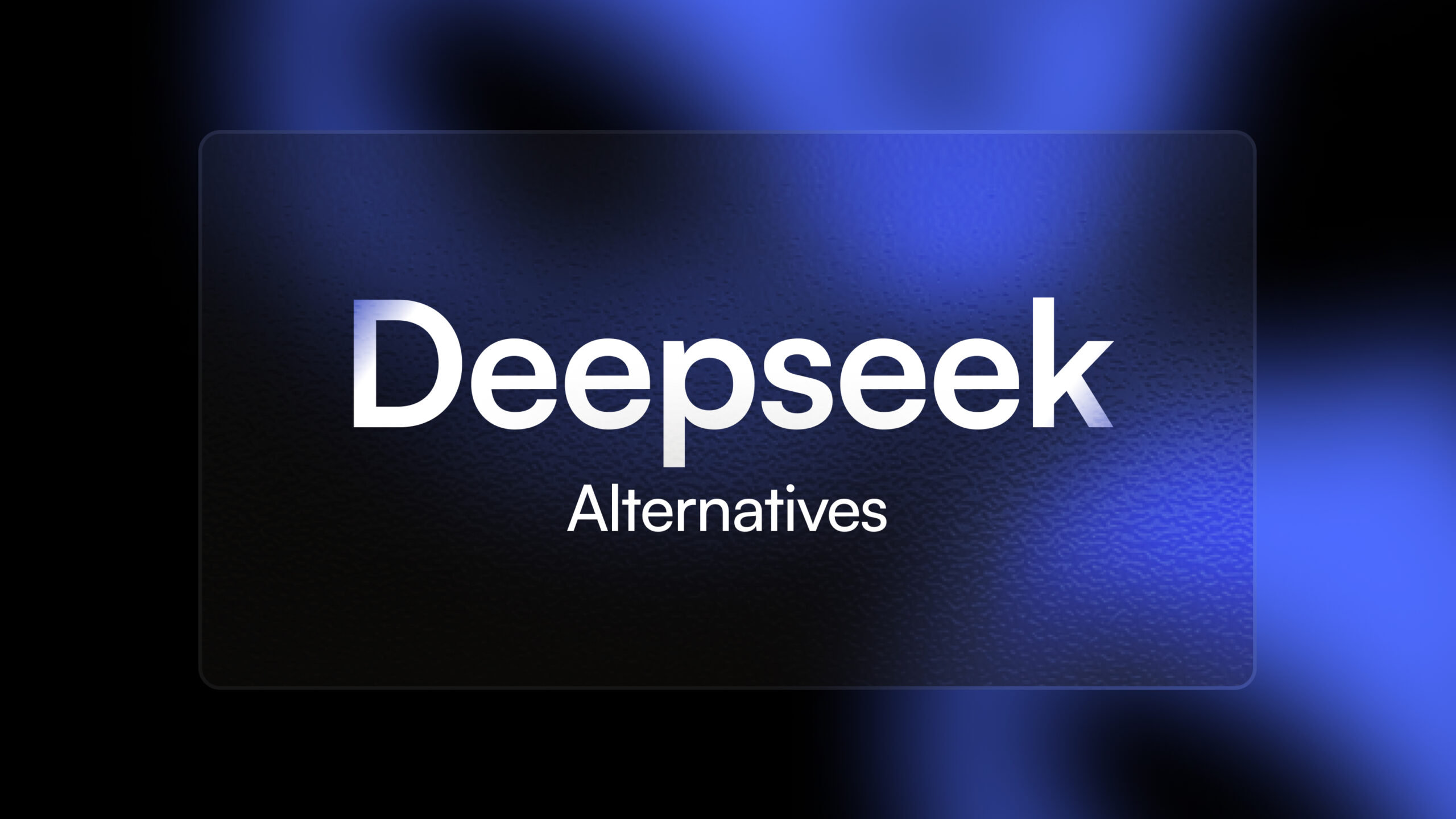
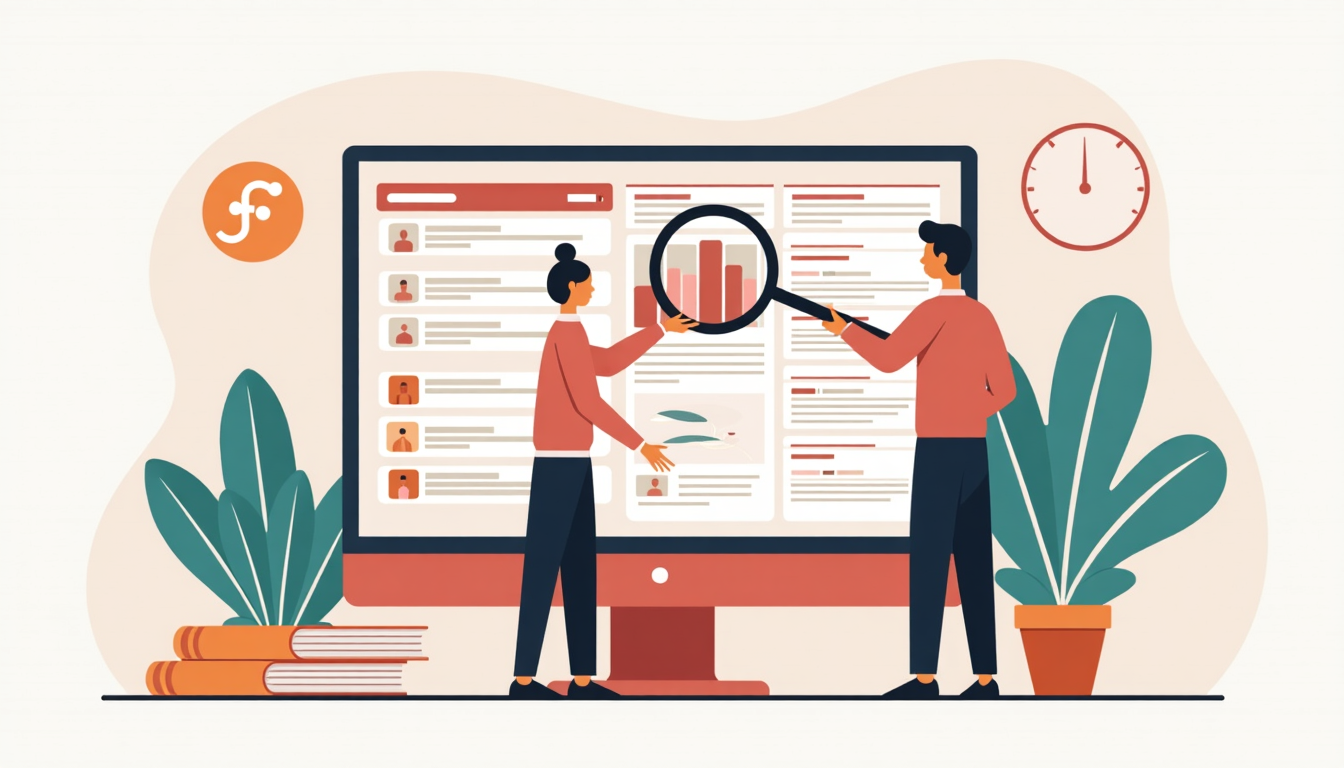

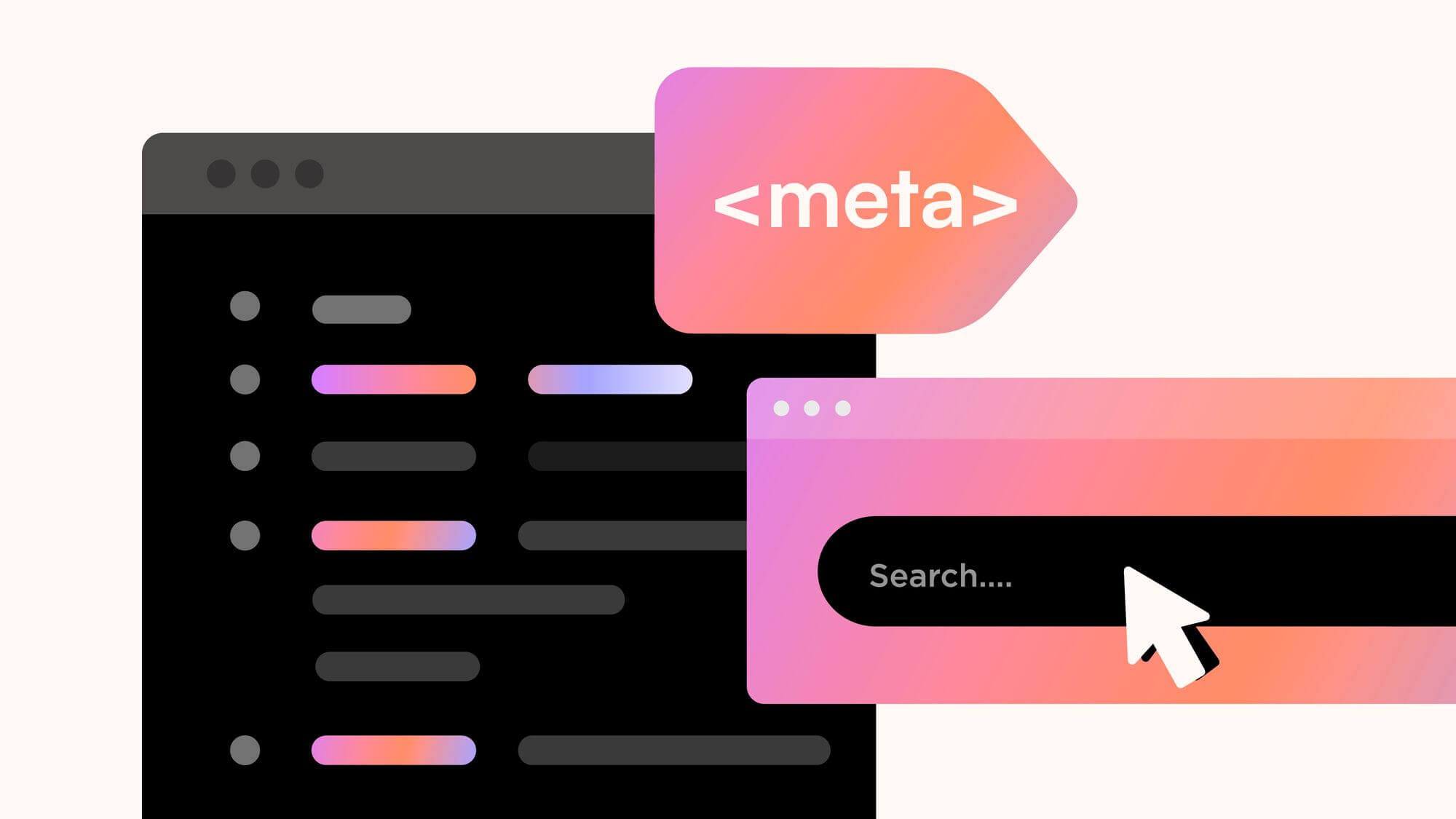
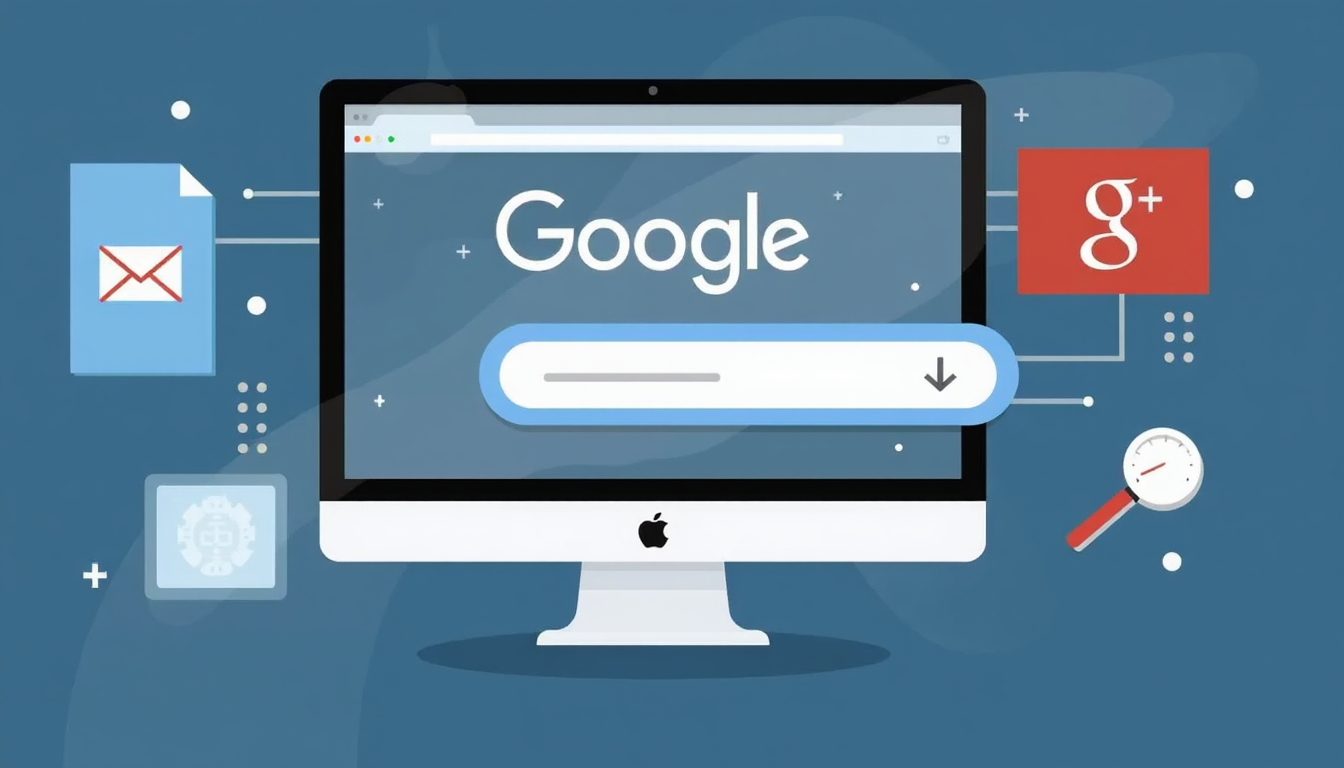
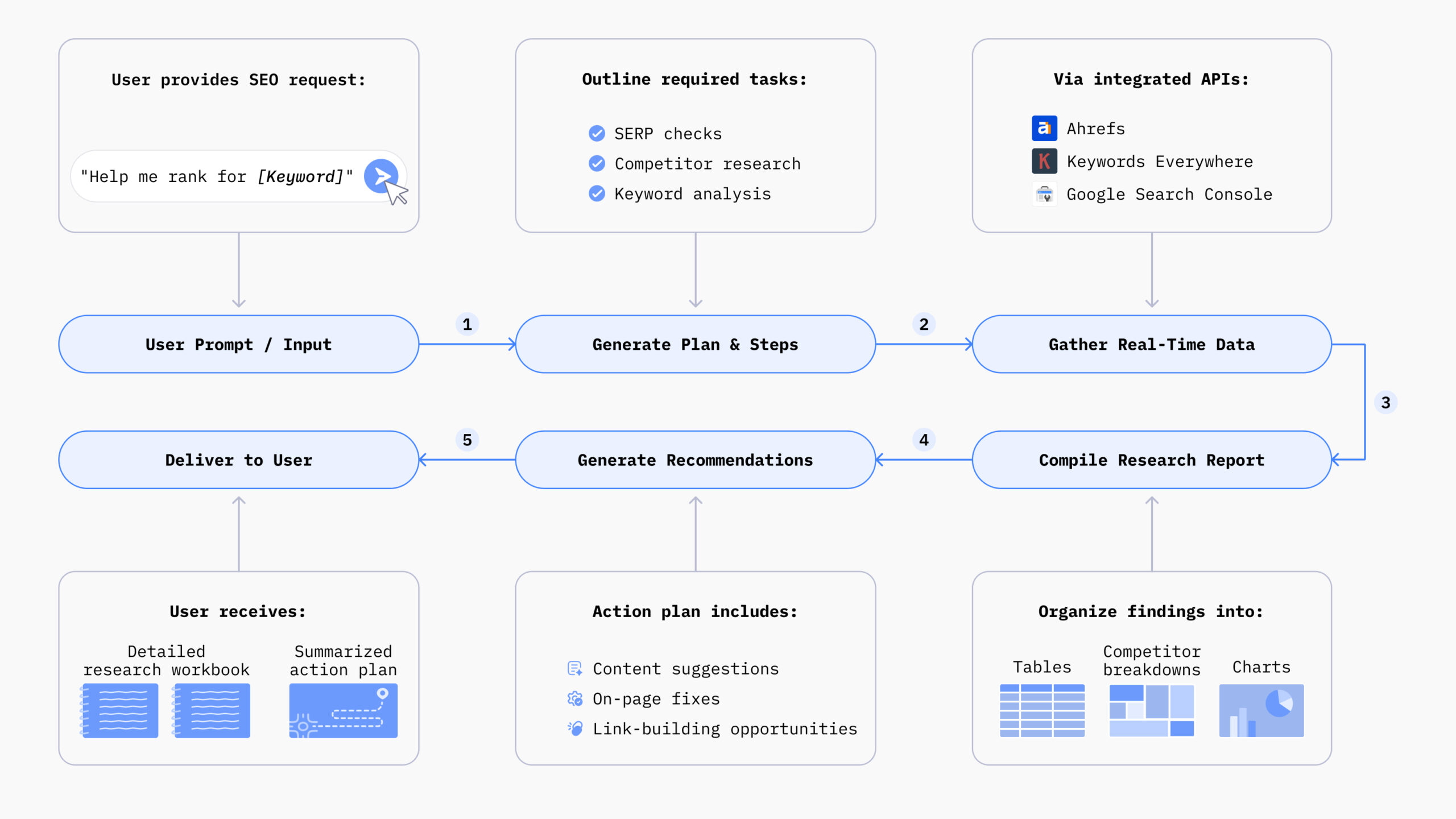
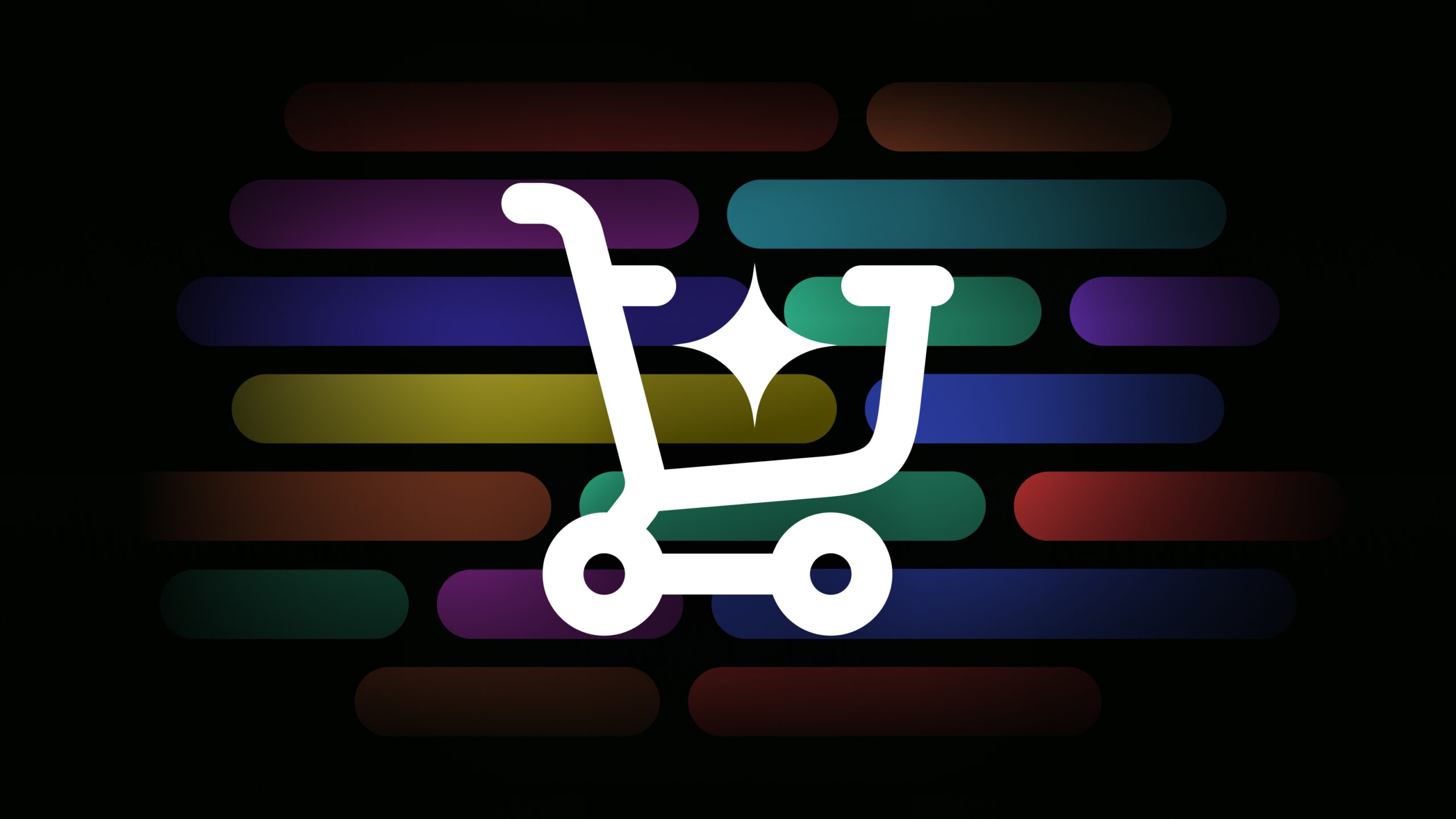

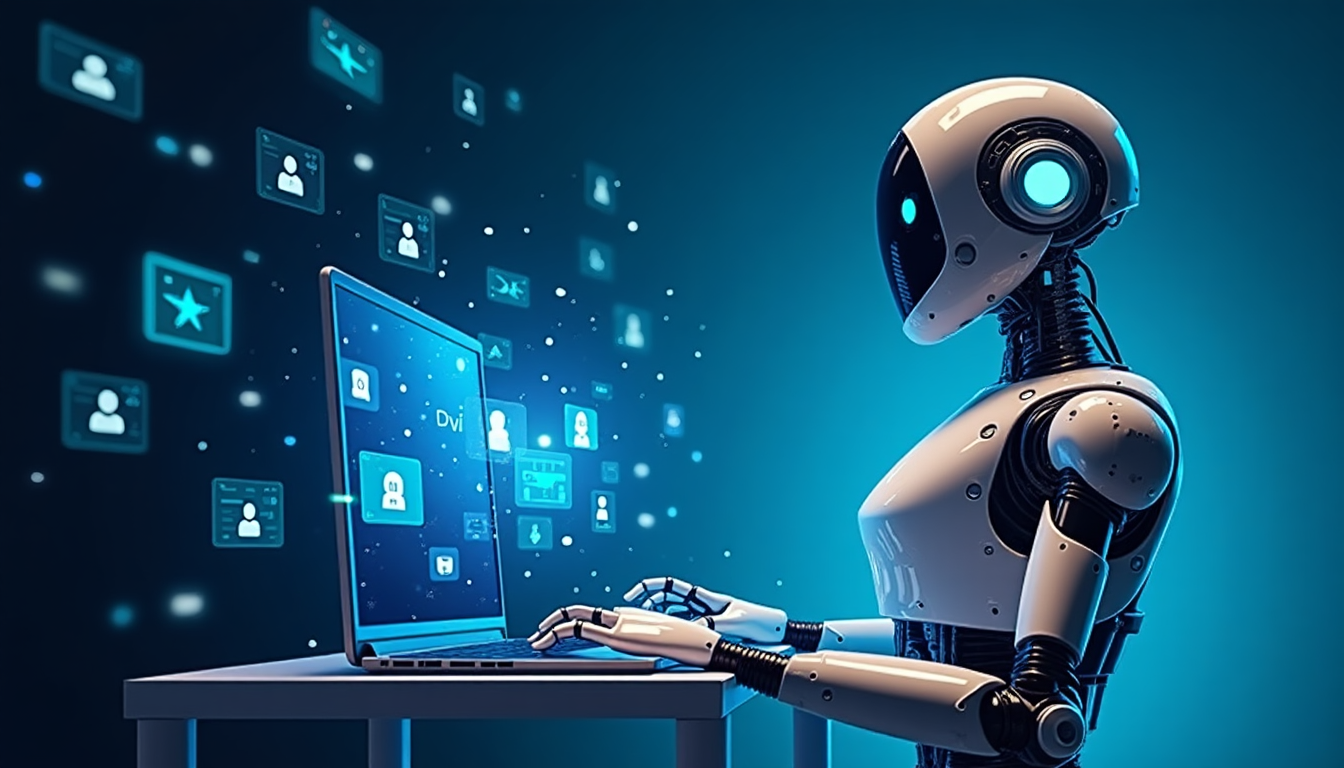
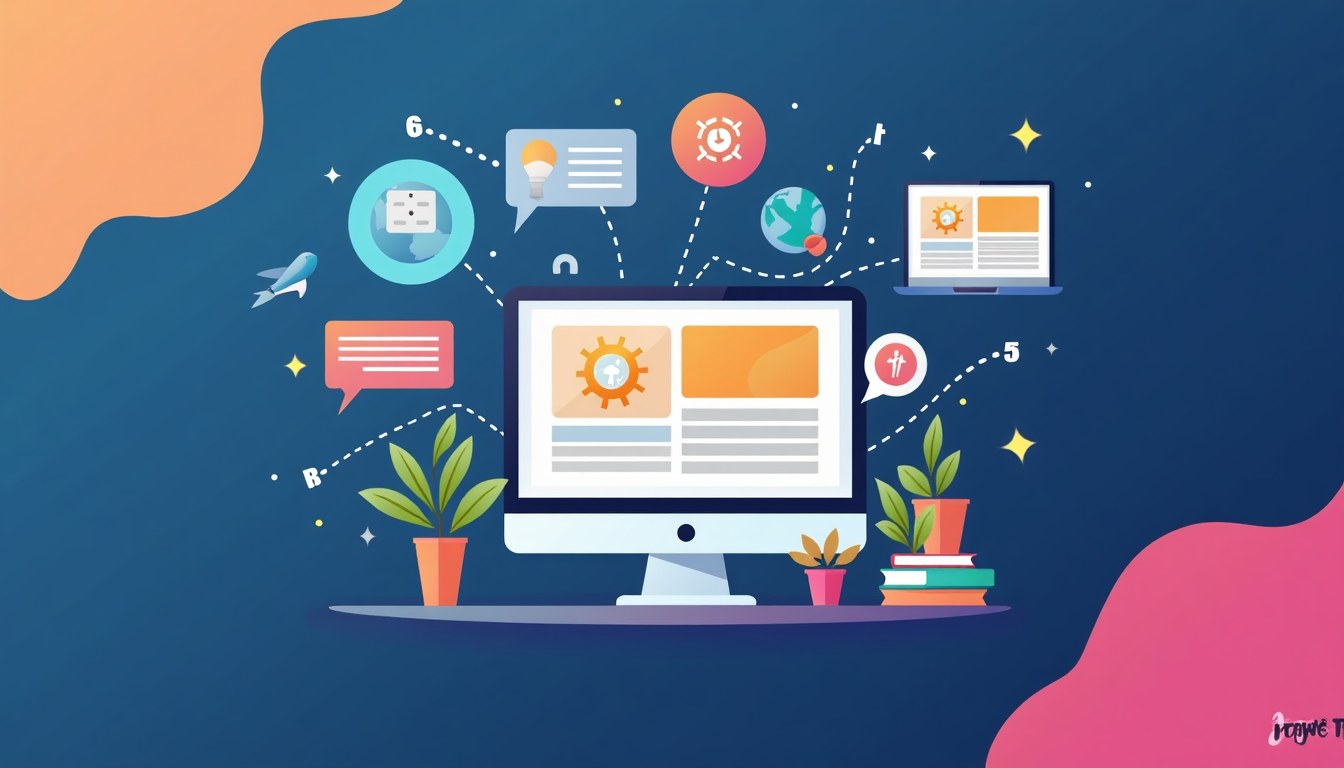

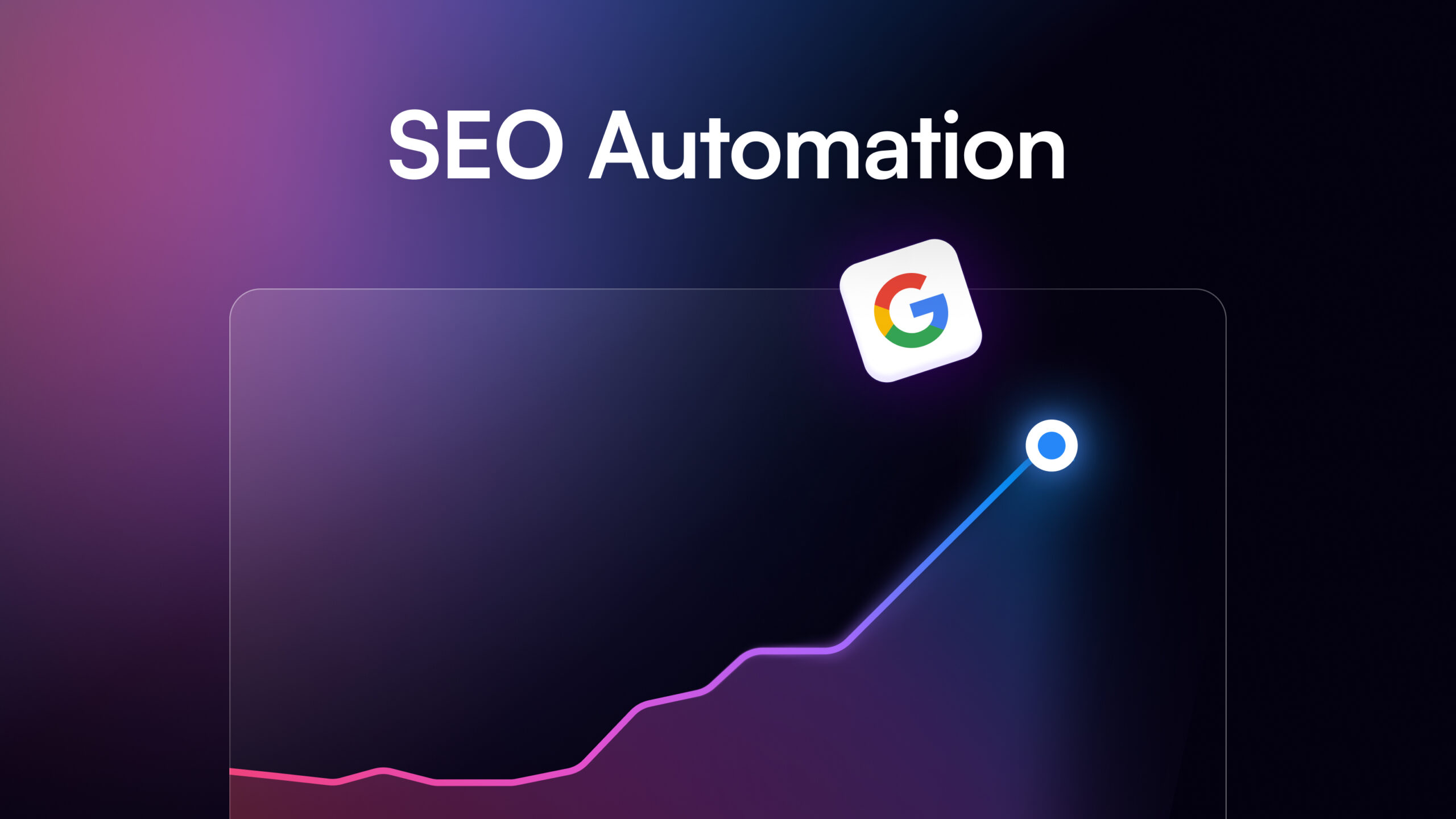

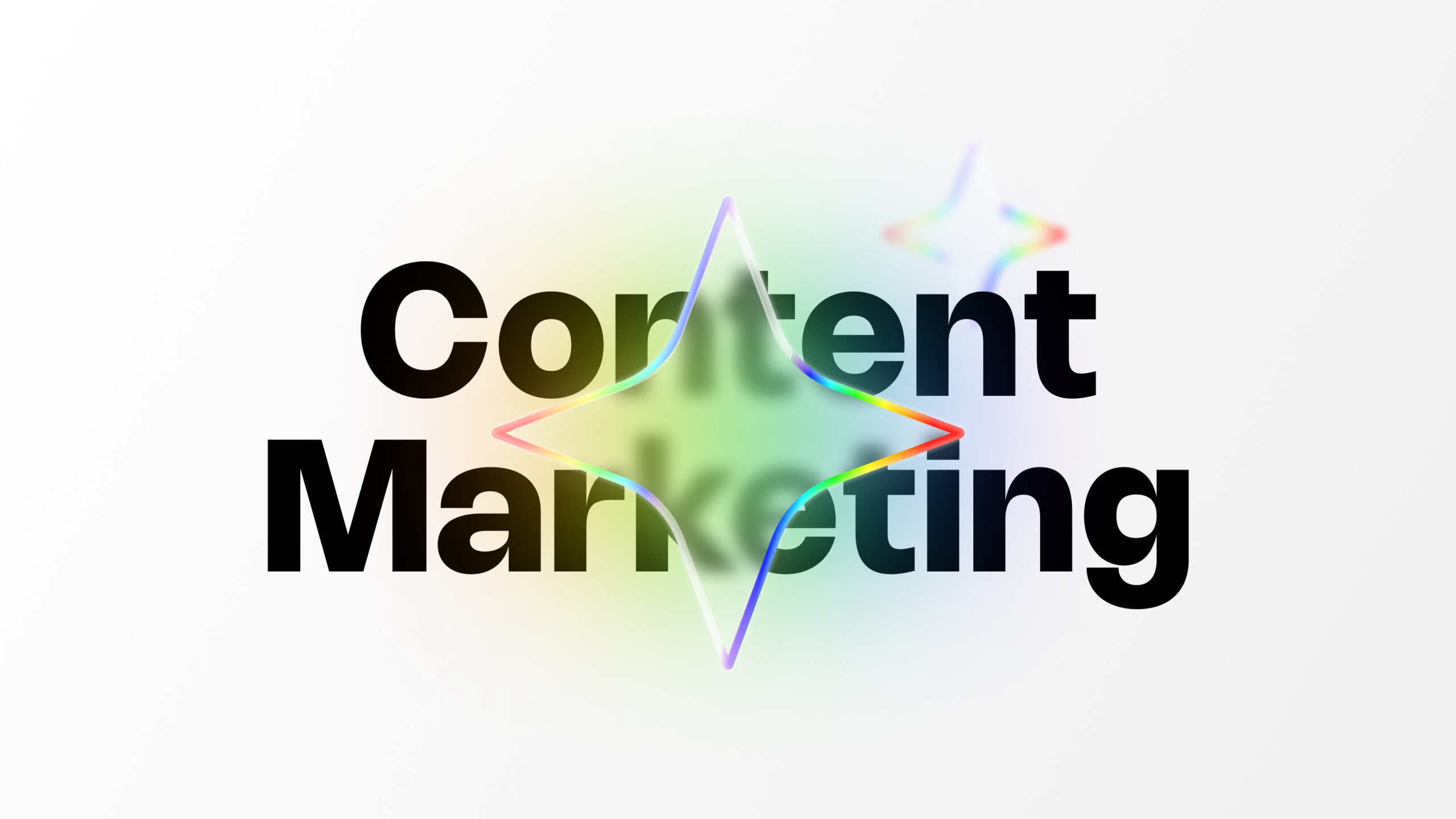

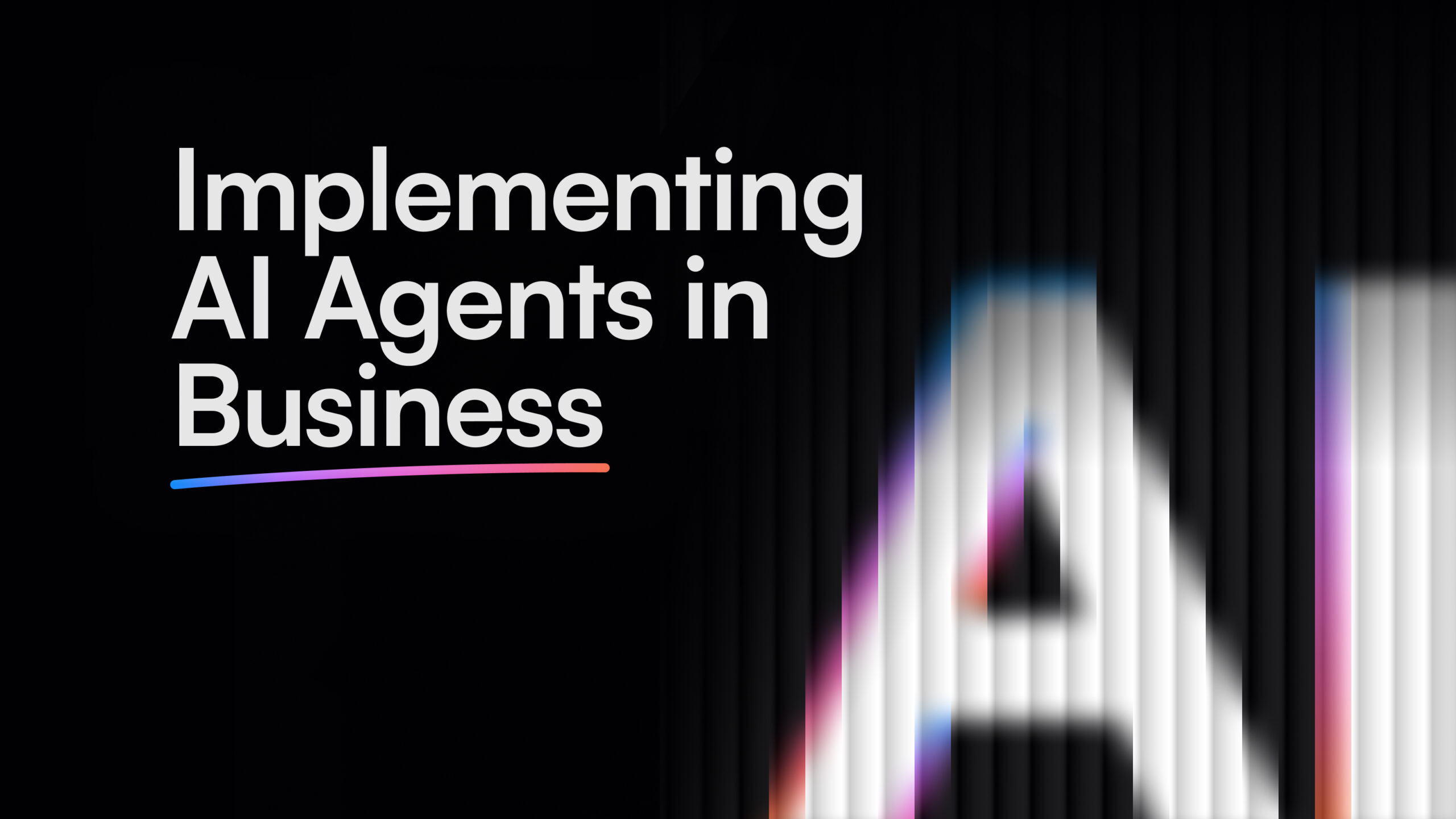
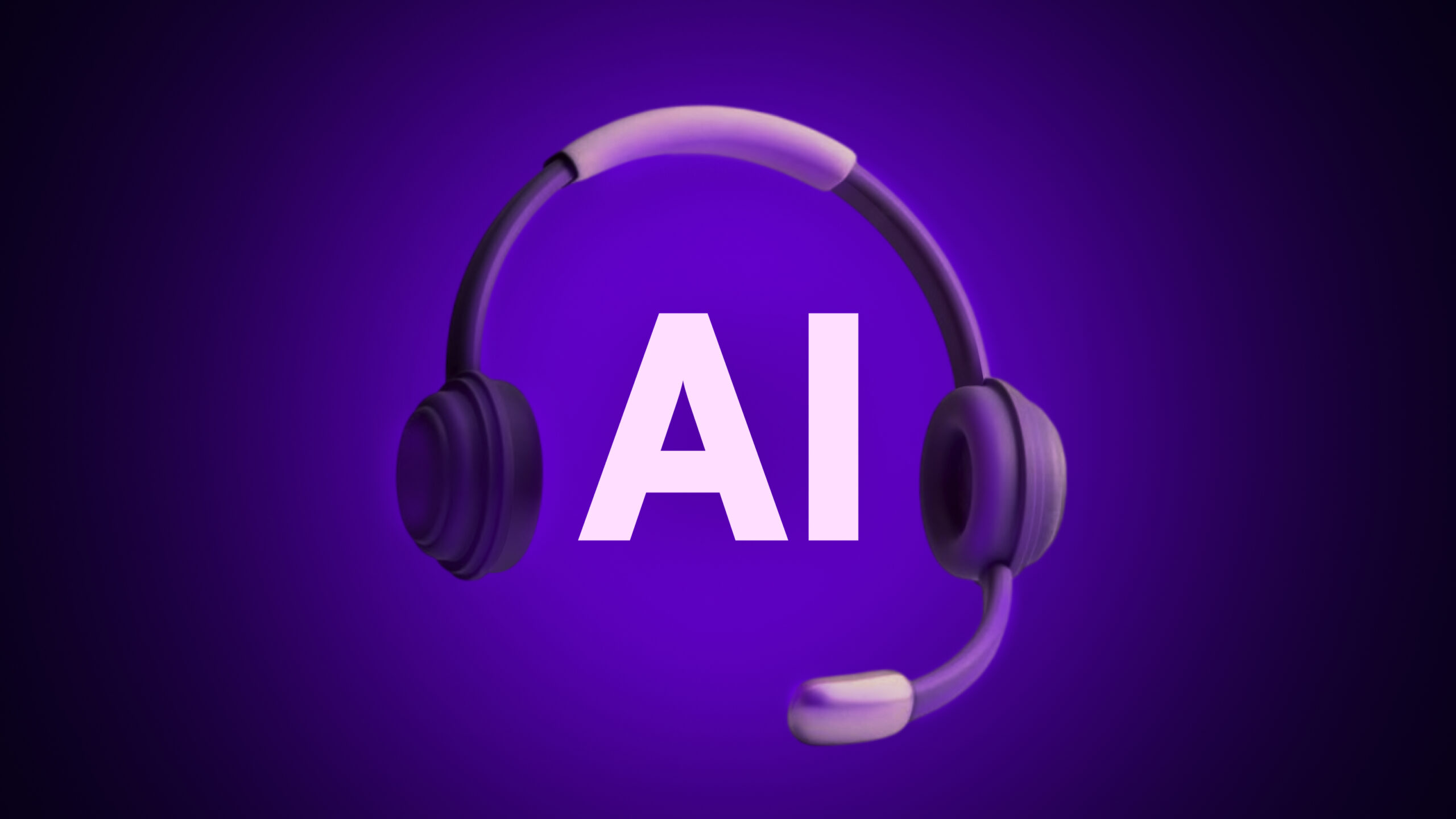
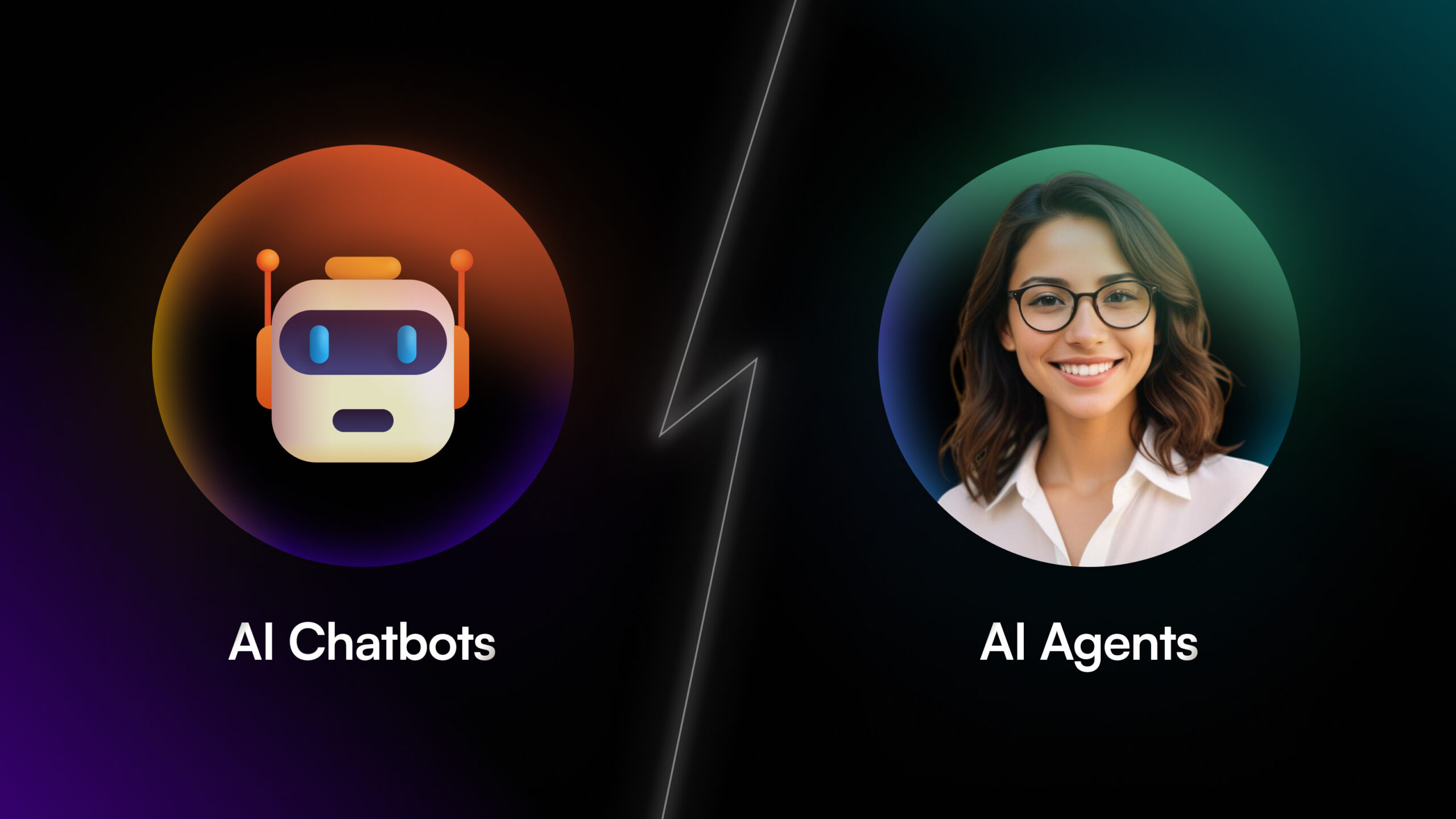
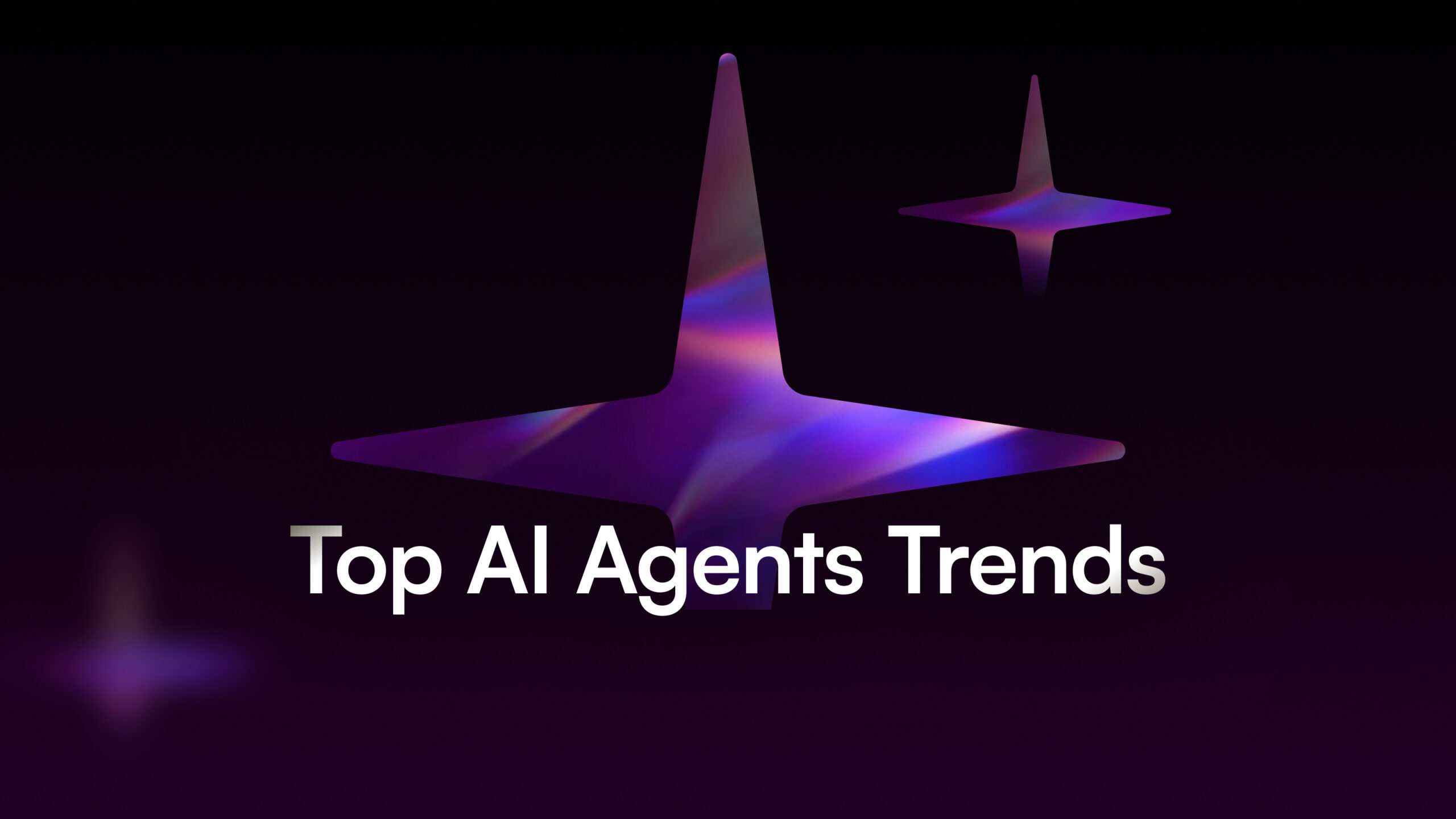
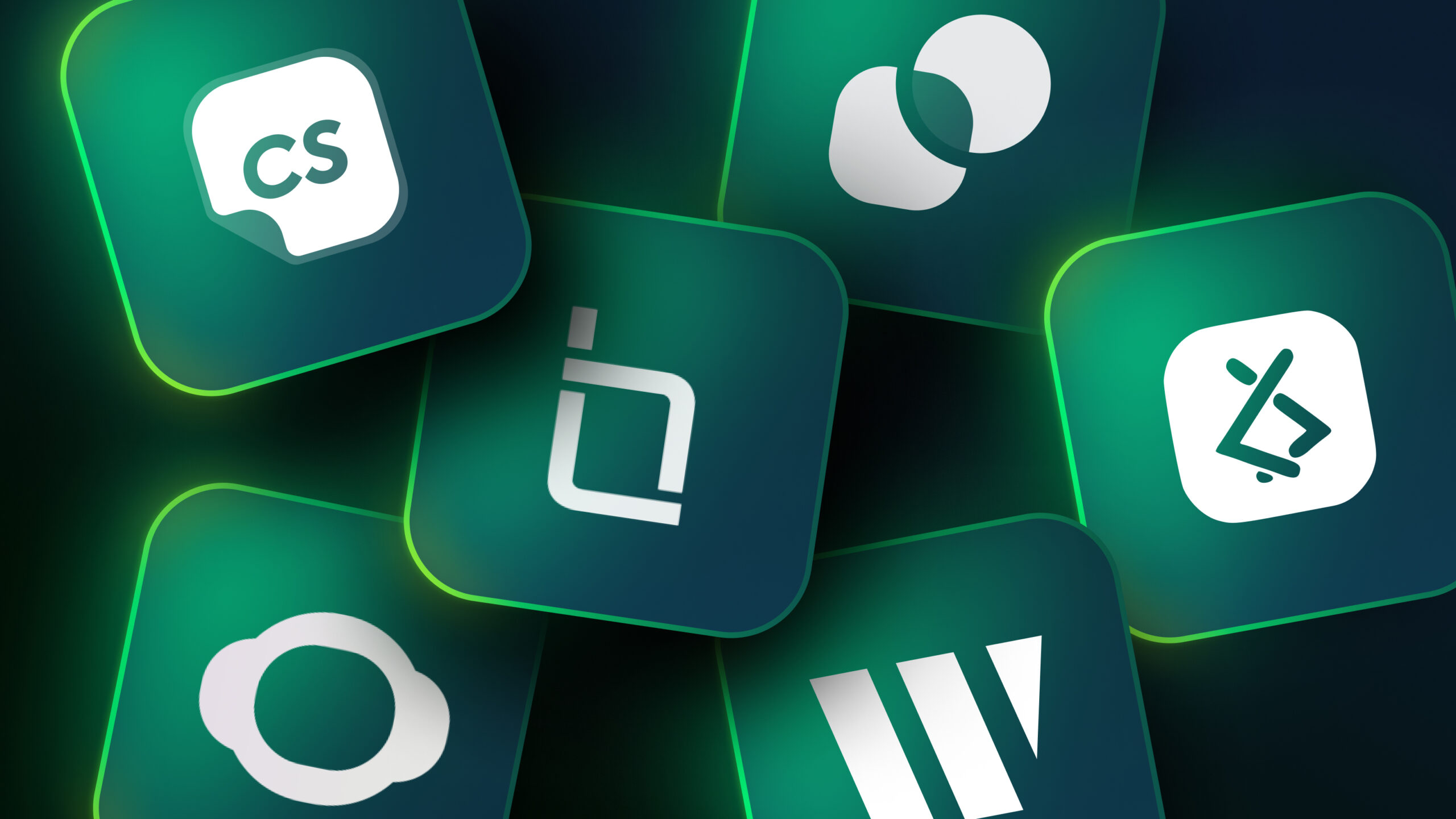
![How to Scale Your Business Using B2B AI Agents [+ Tools to Try]](/wp-content/uploads/B2B-AI-Agents-scaled.jpg)
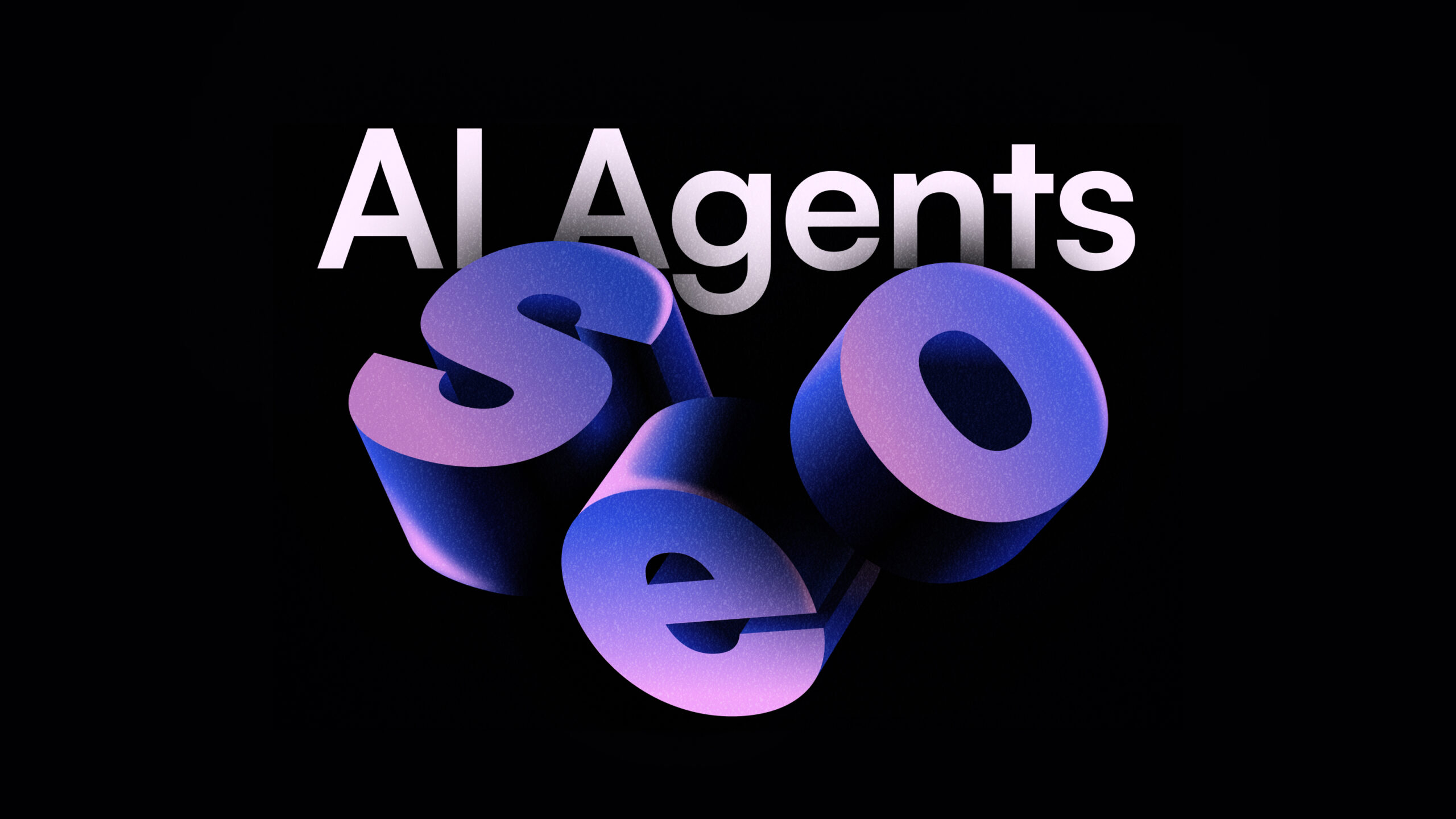
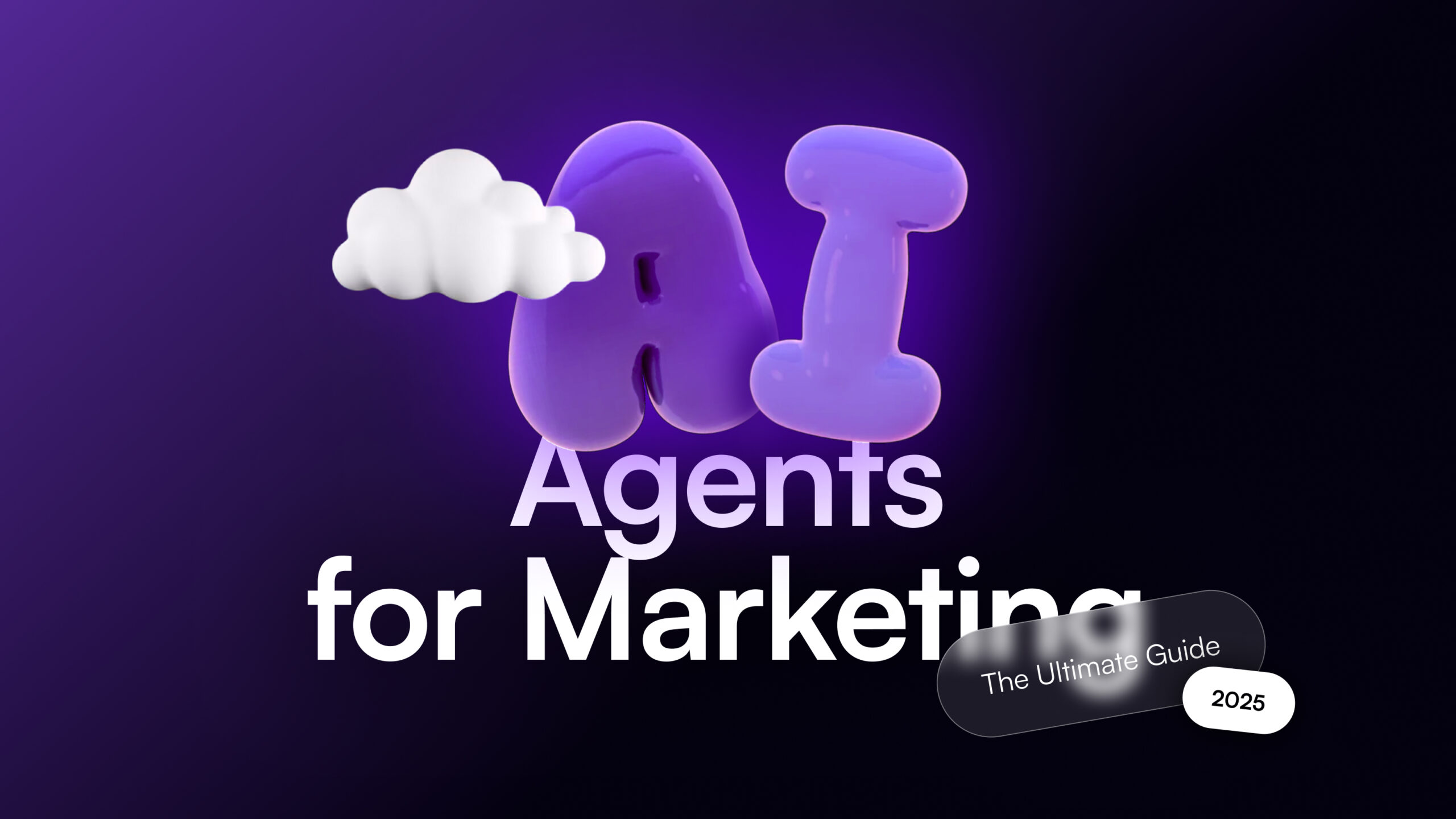
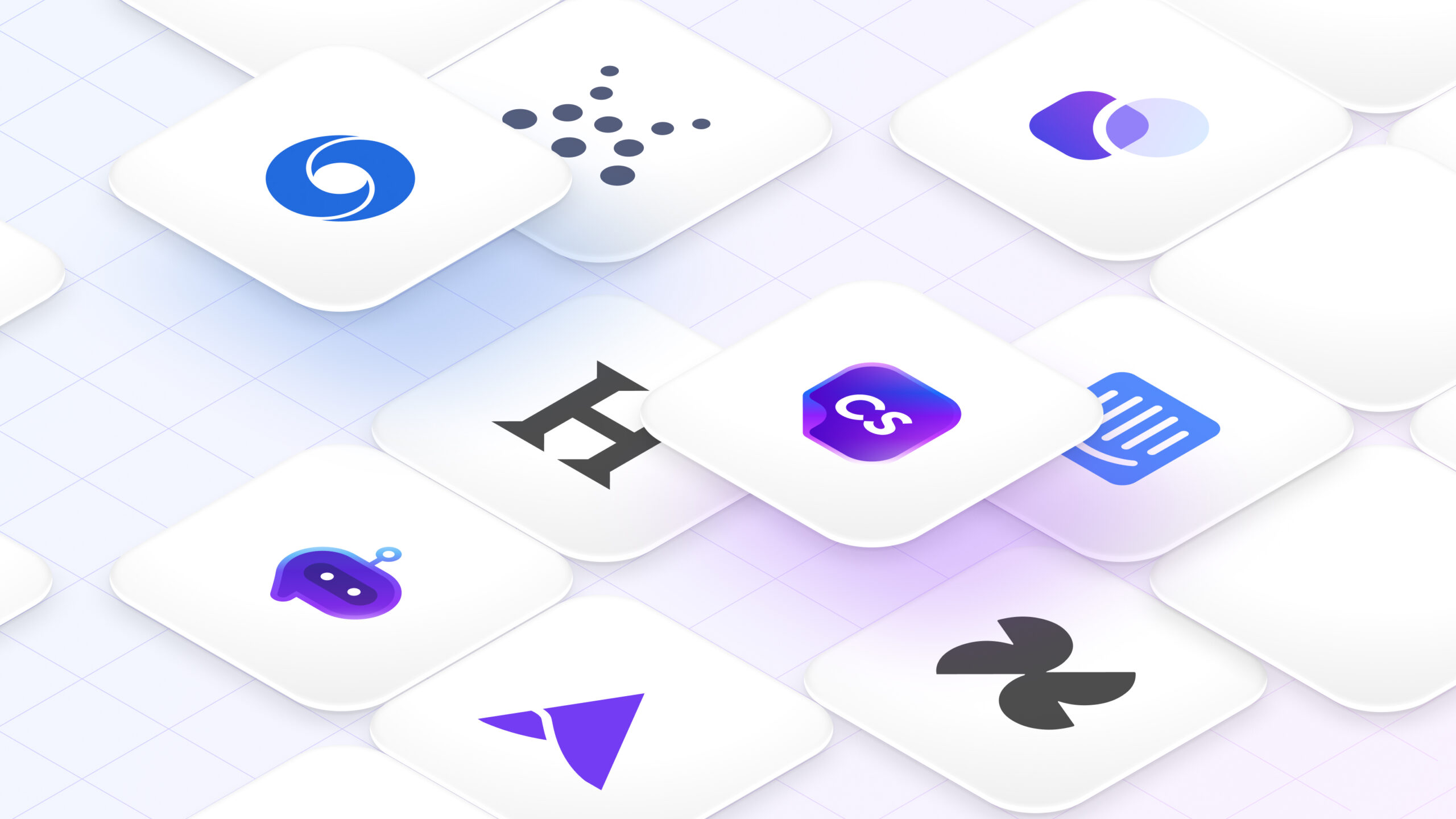
![40 AI Agent Use Cases Across Industries [+Real World Examples]](/wp-content/uploads/AI-Agent-Use-Cases-1-scaled.jpg)
